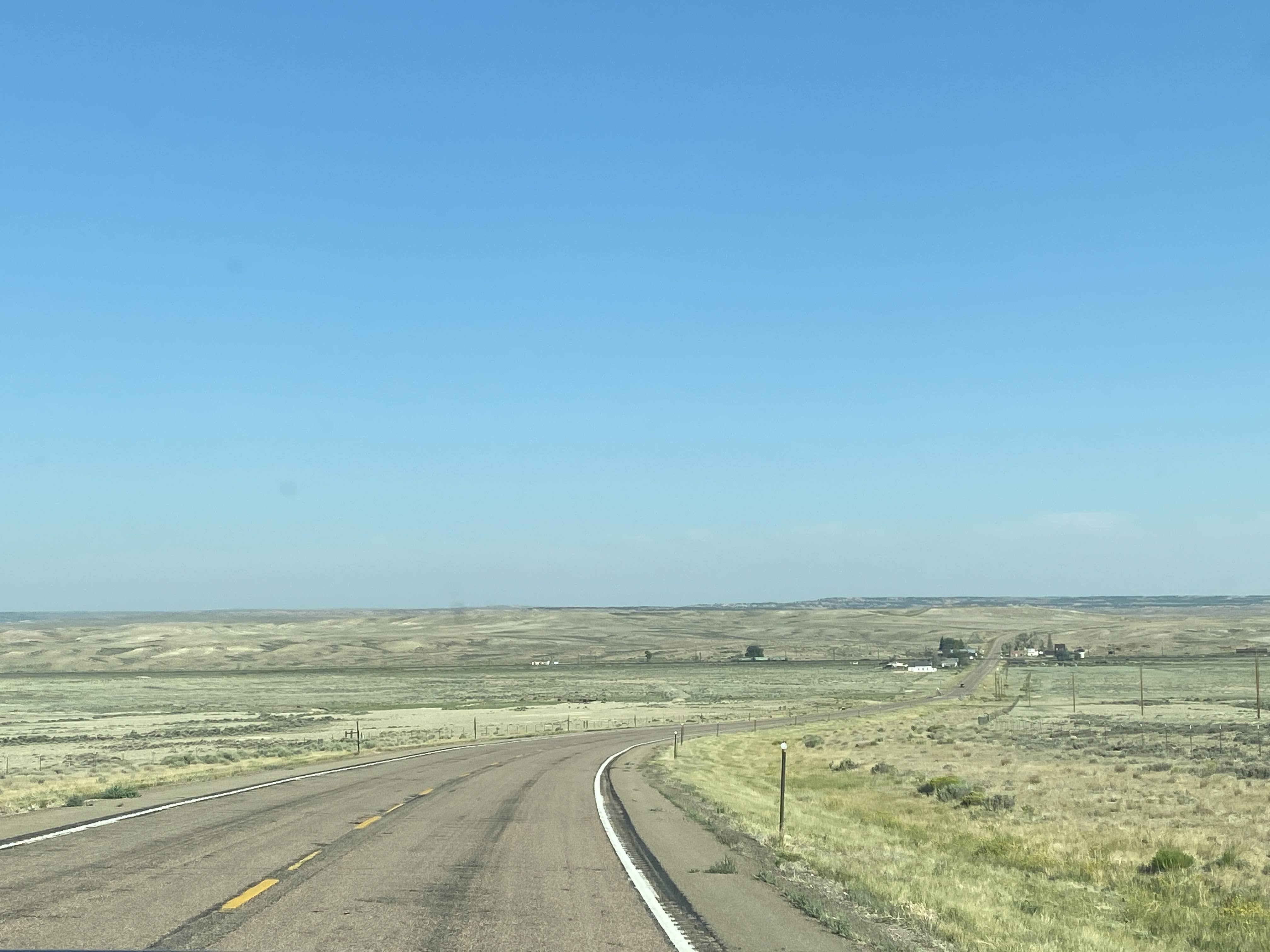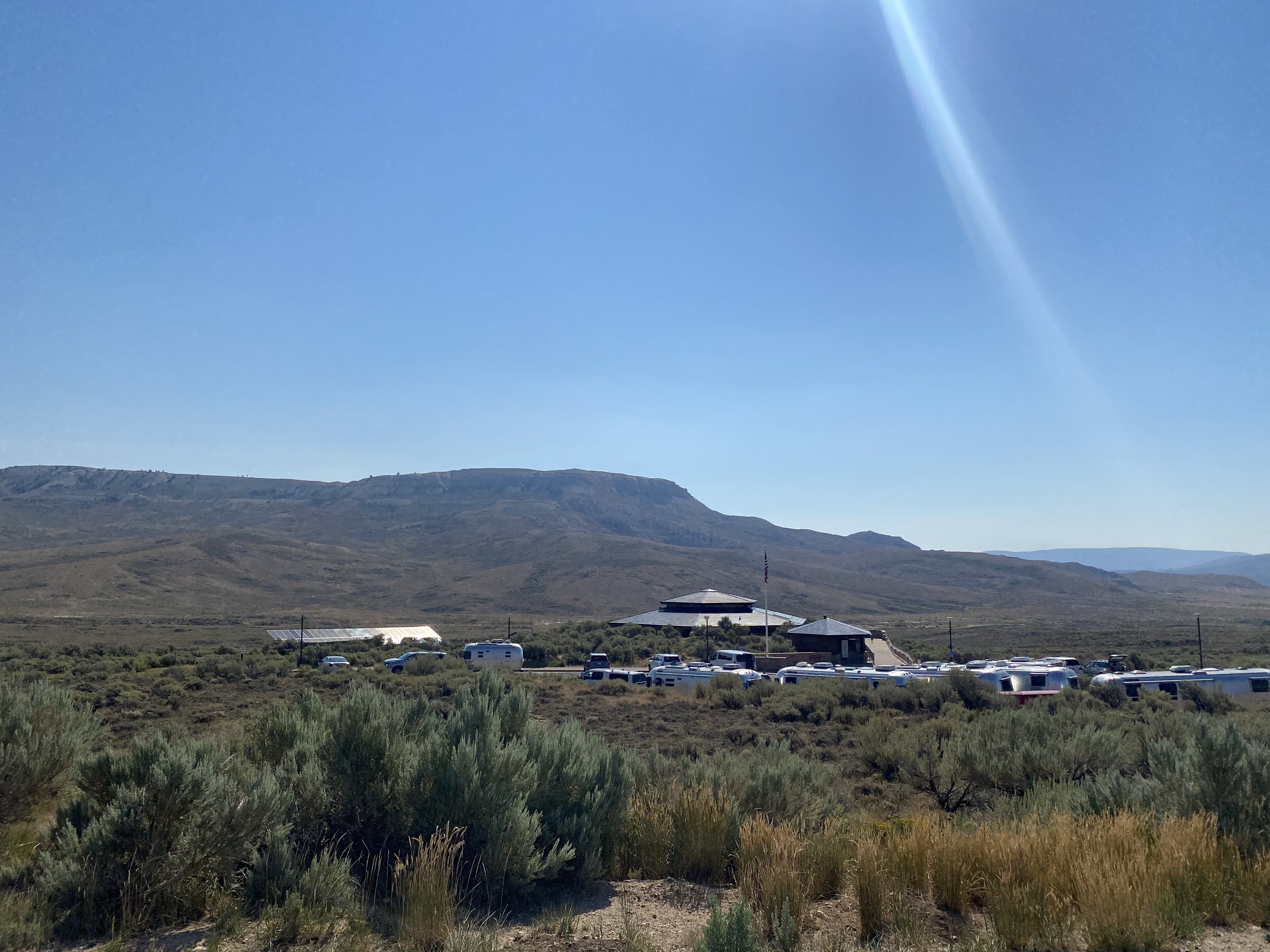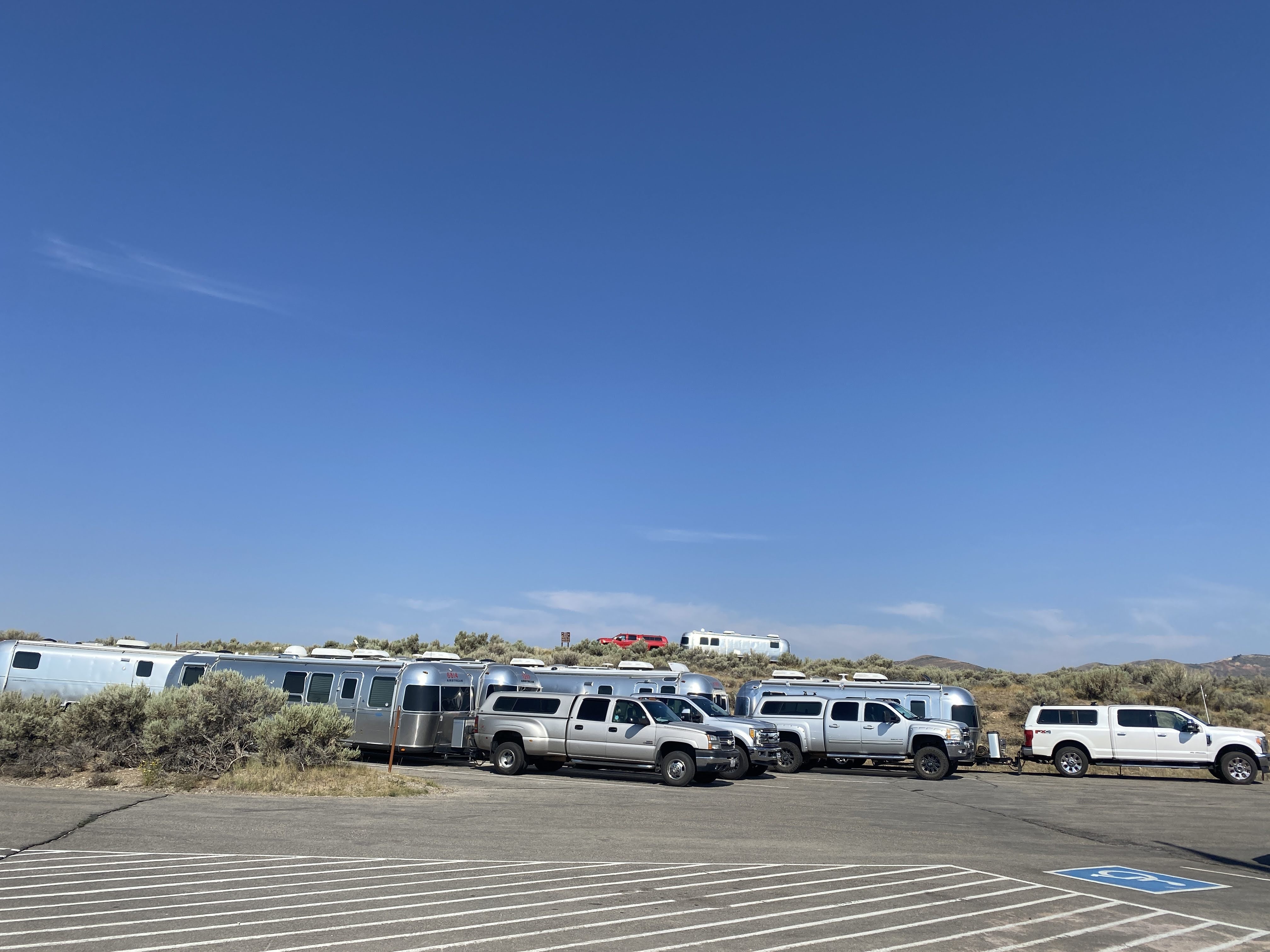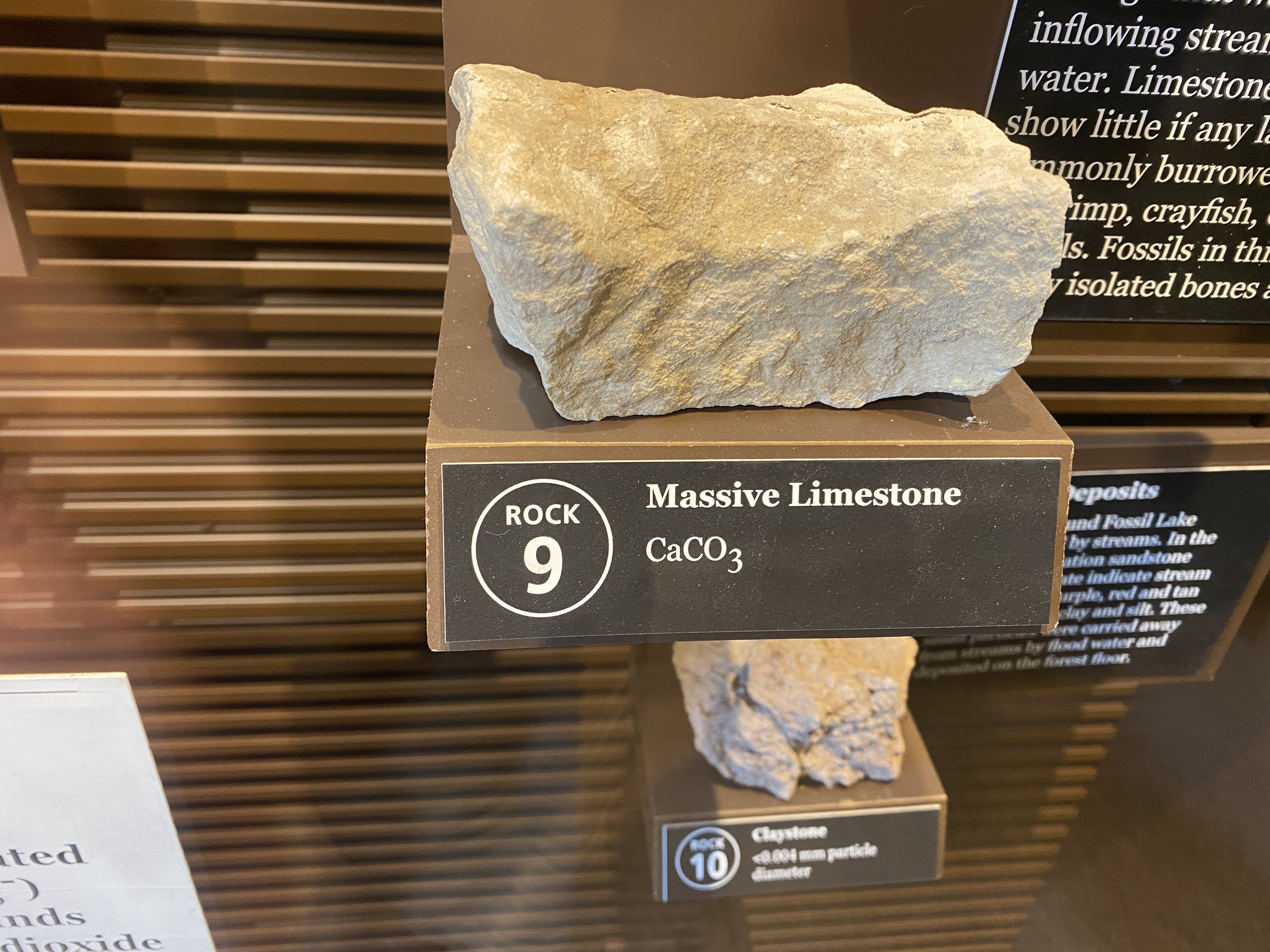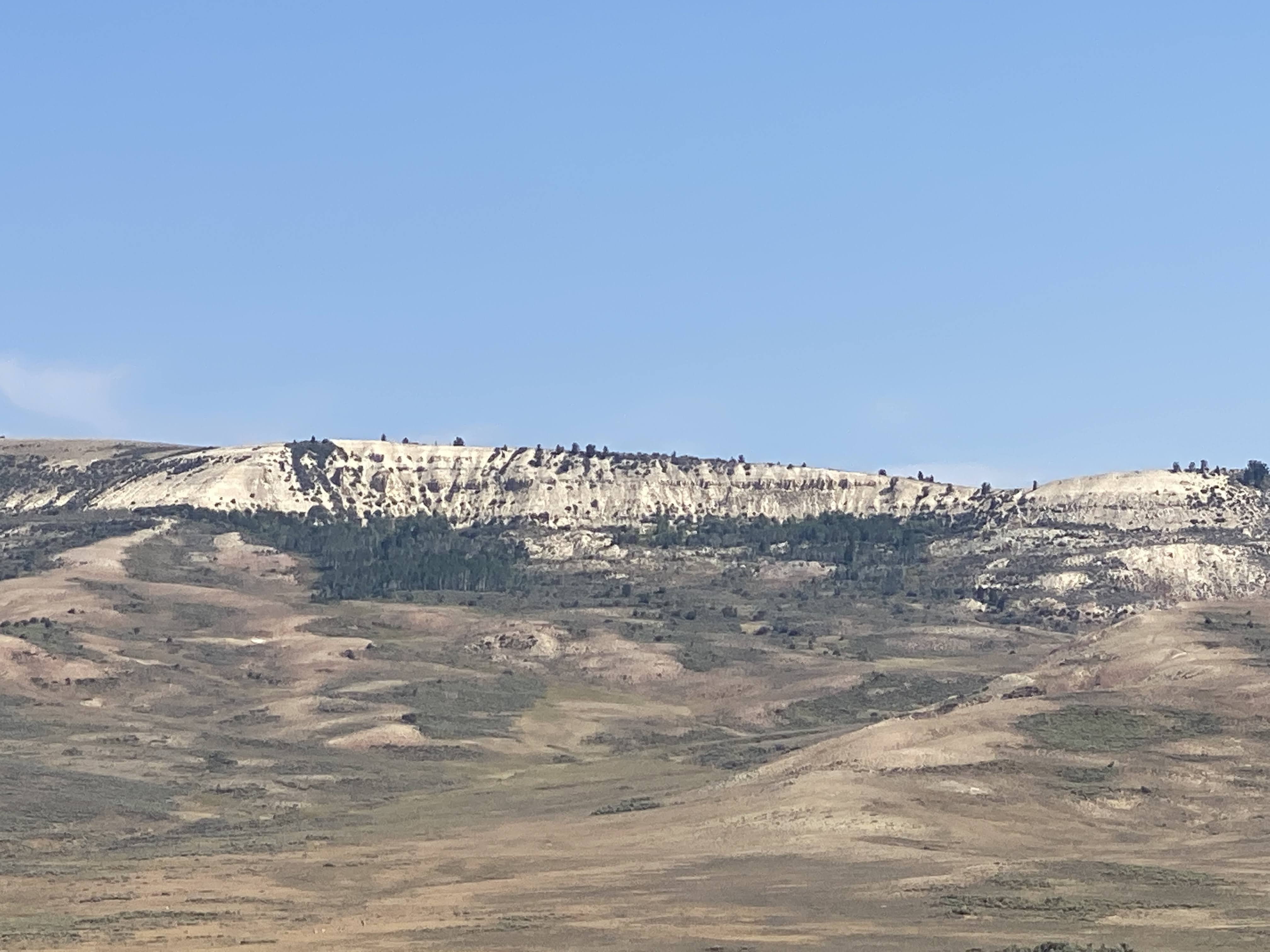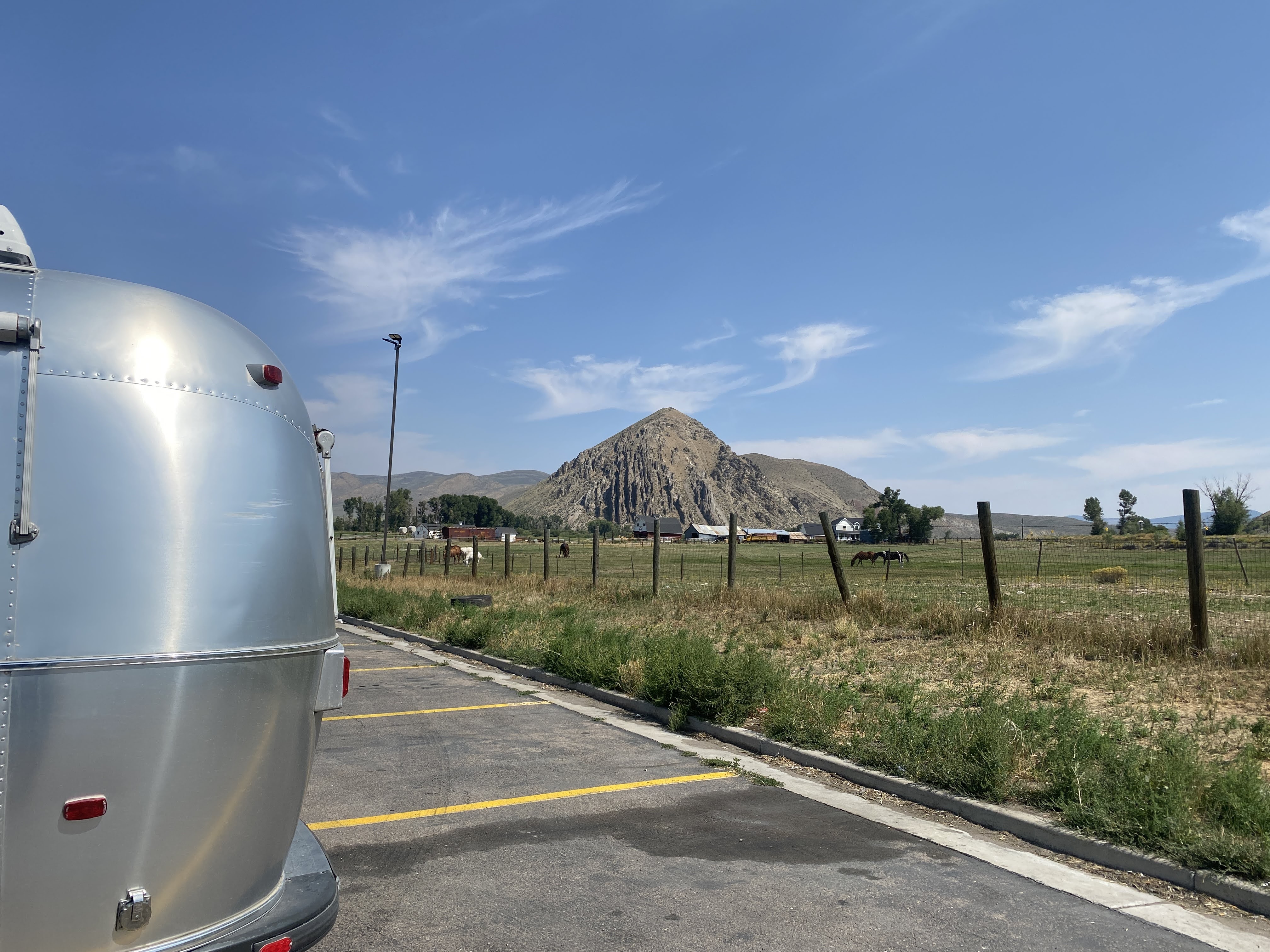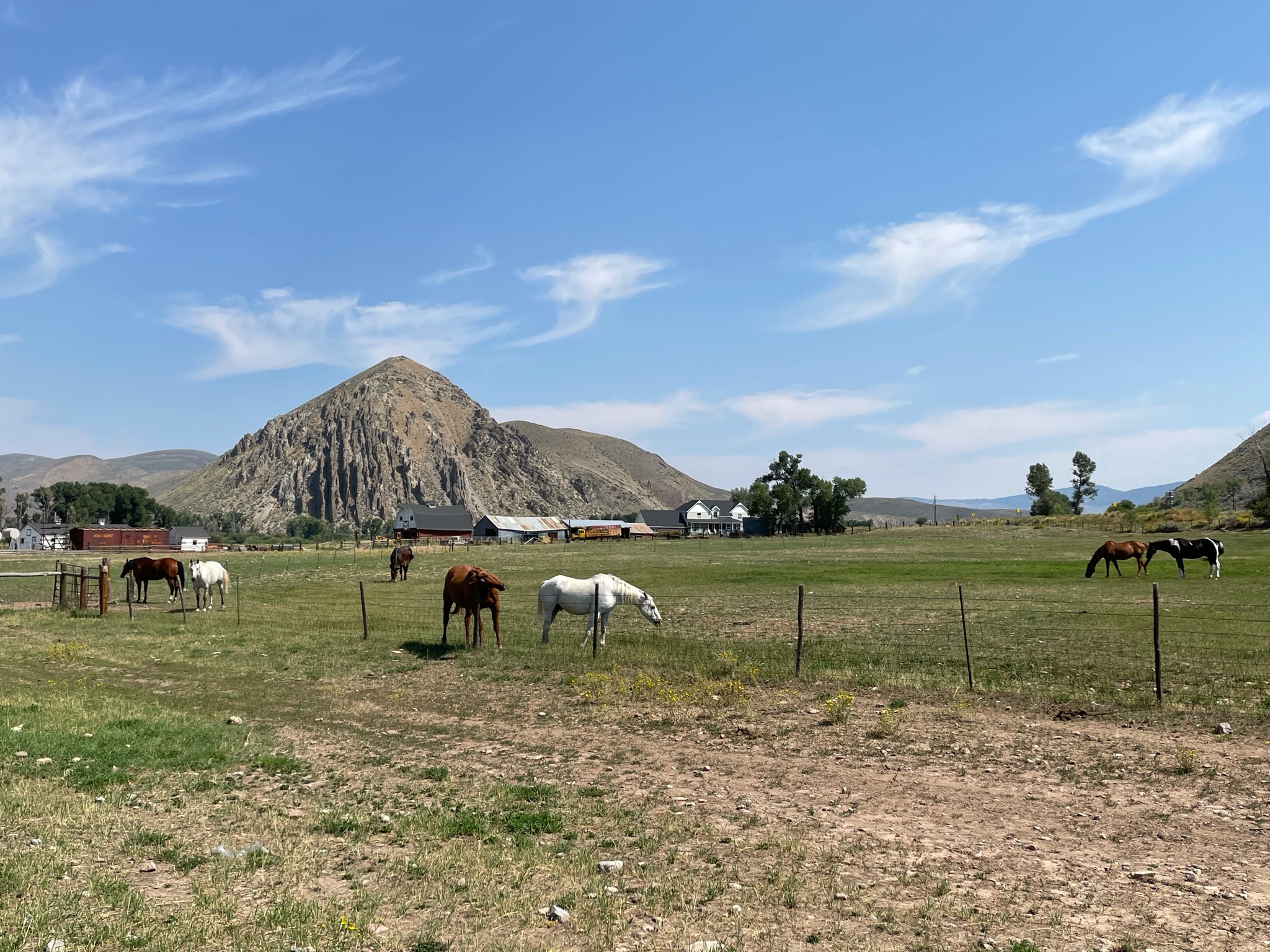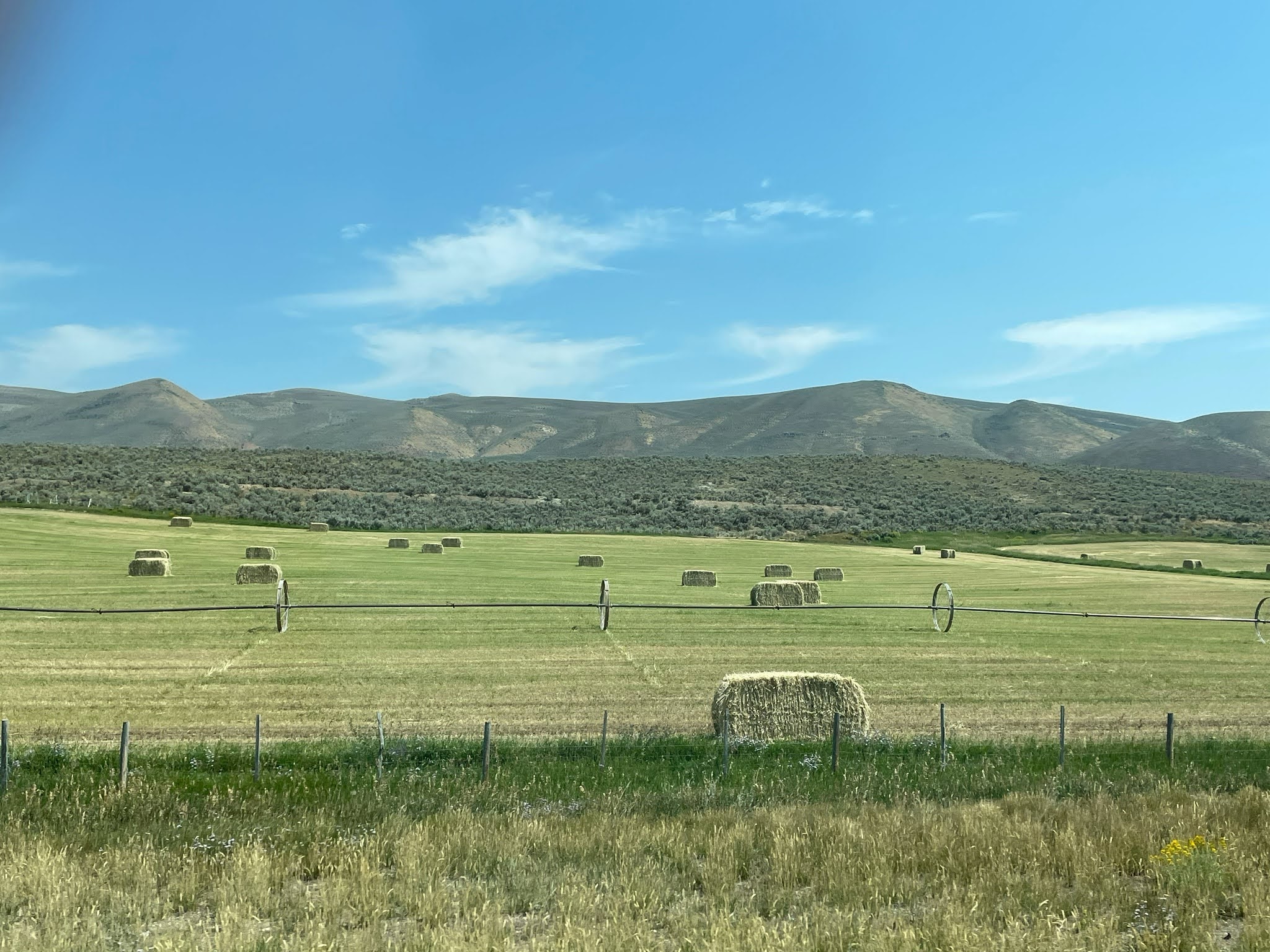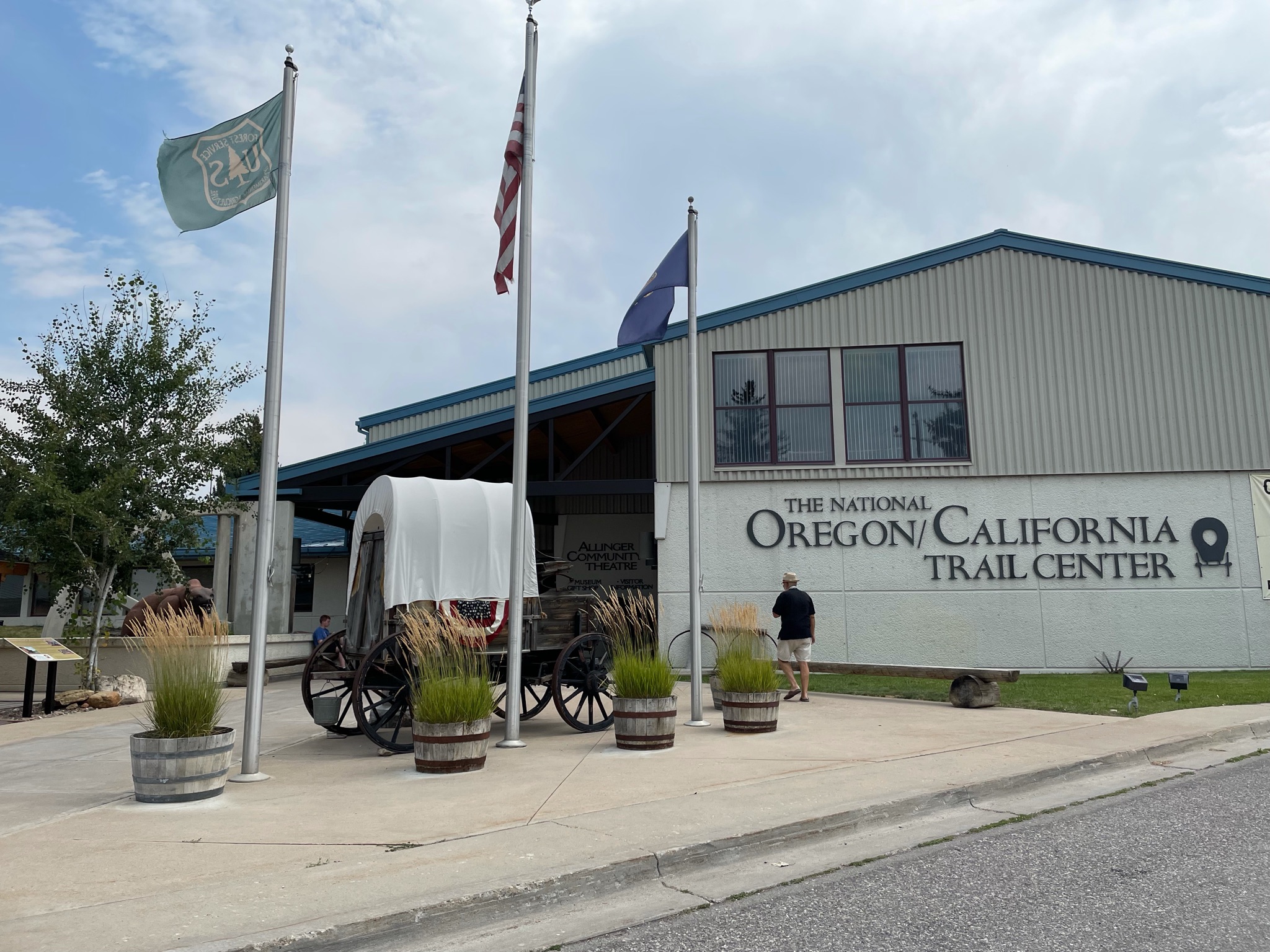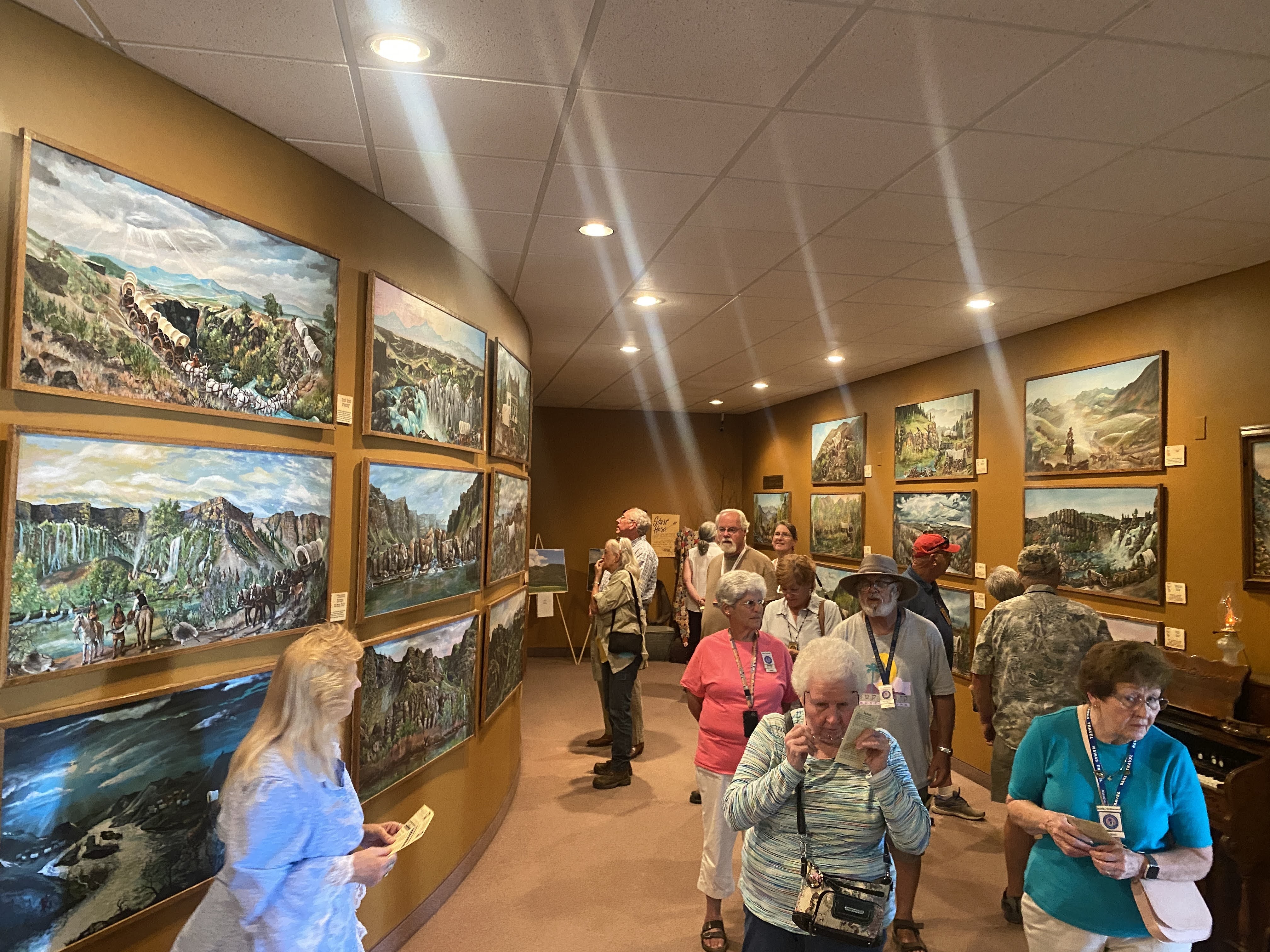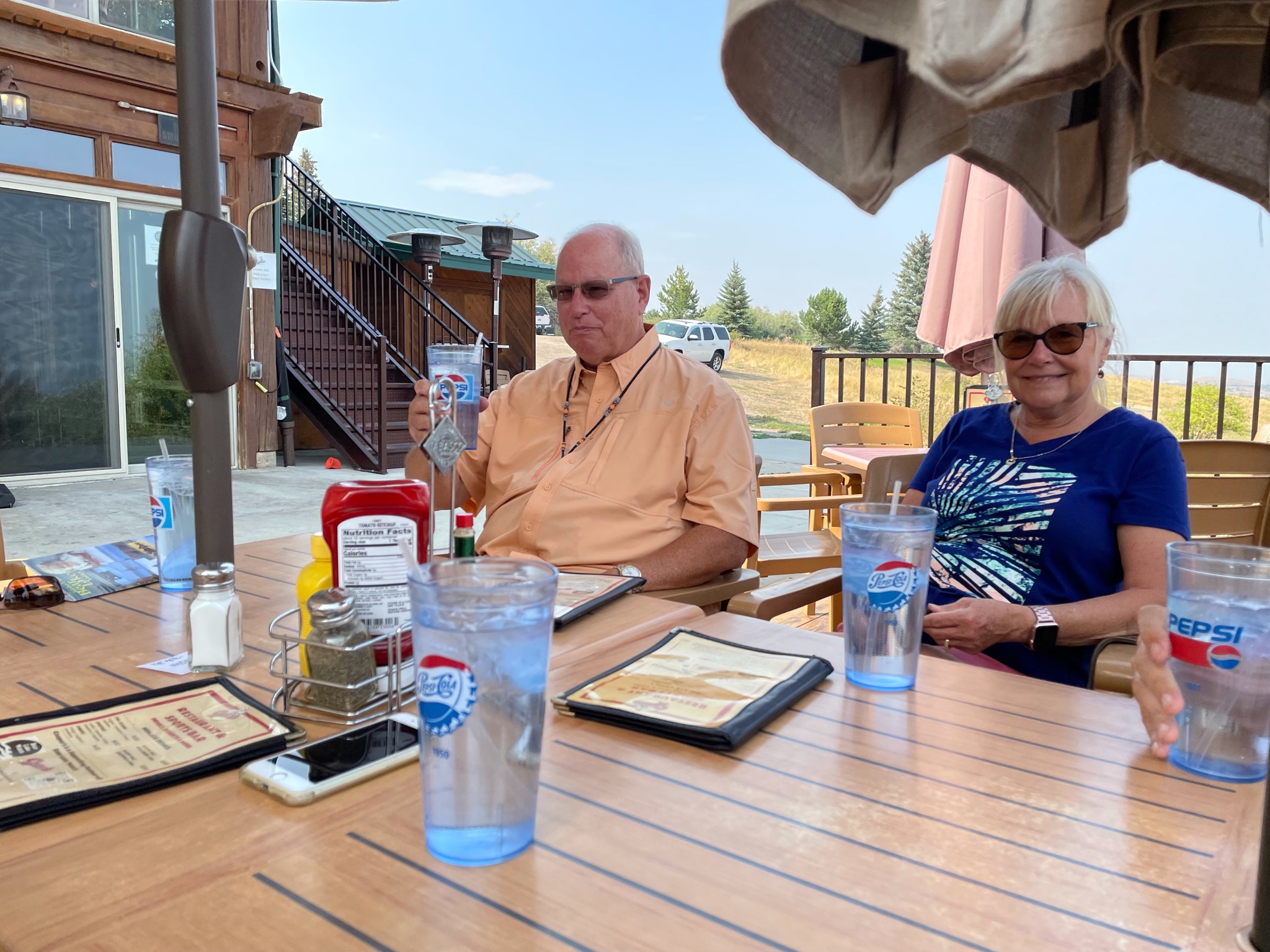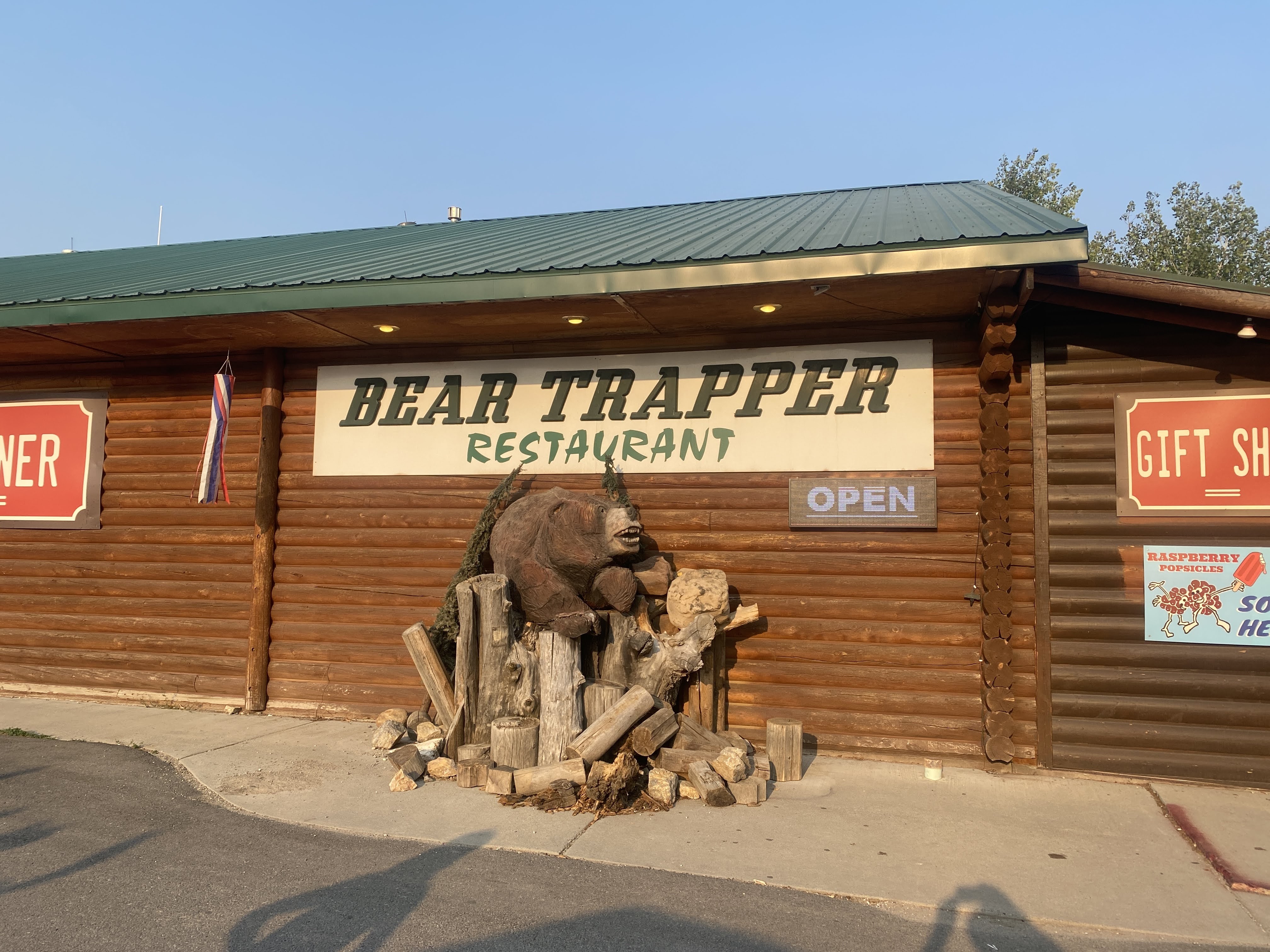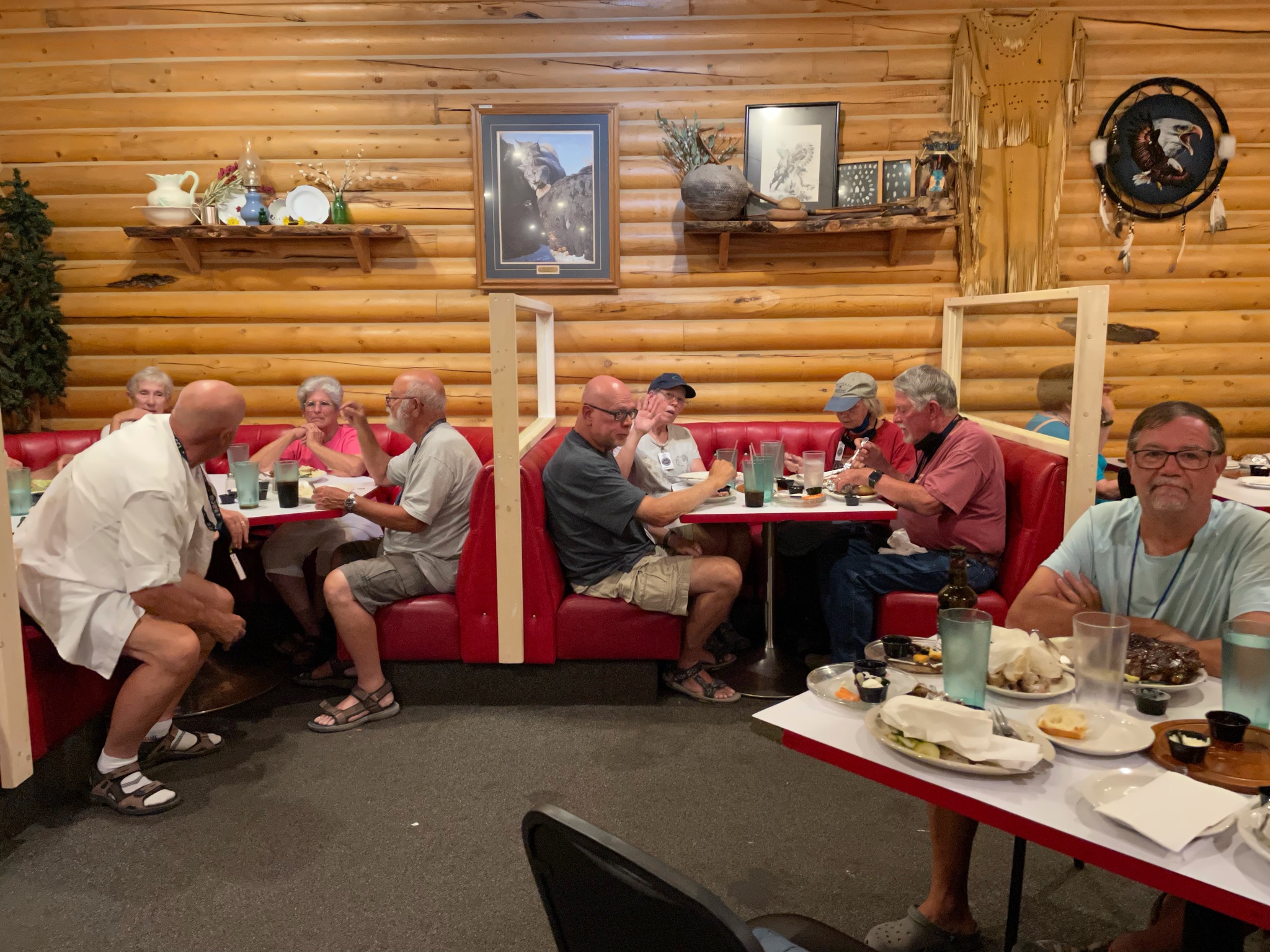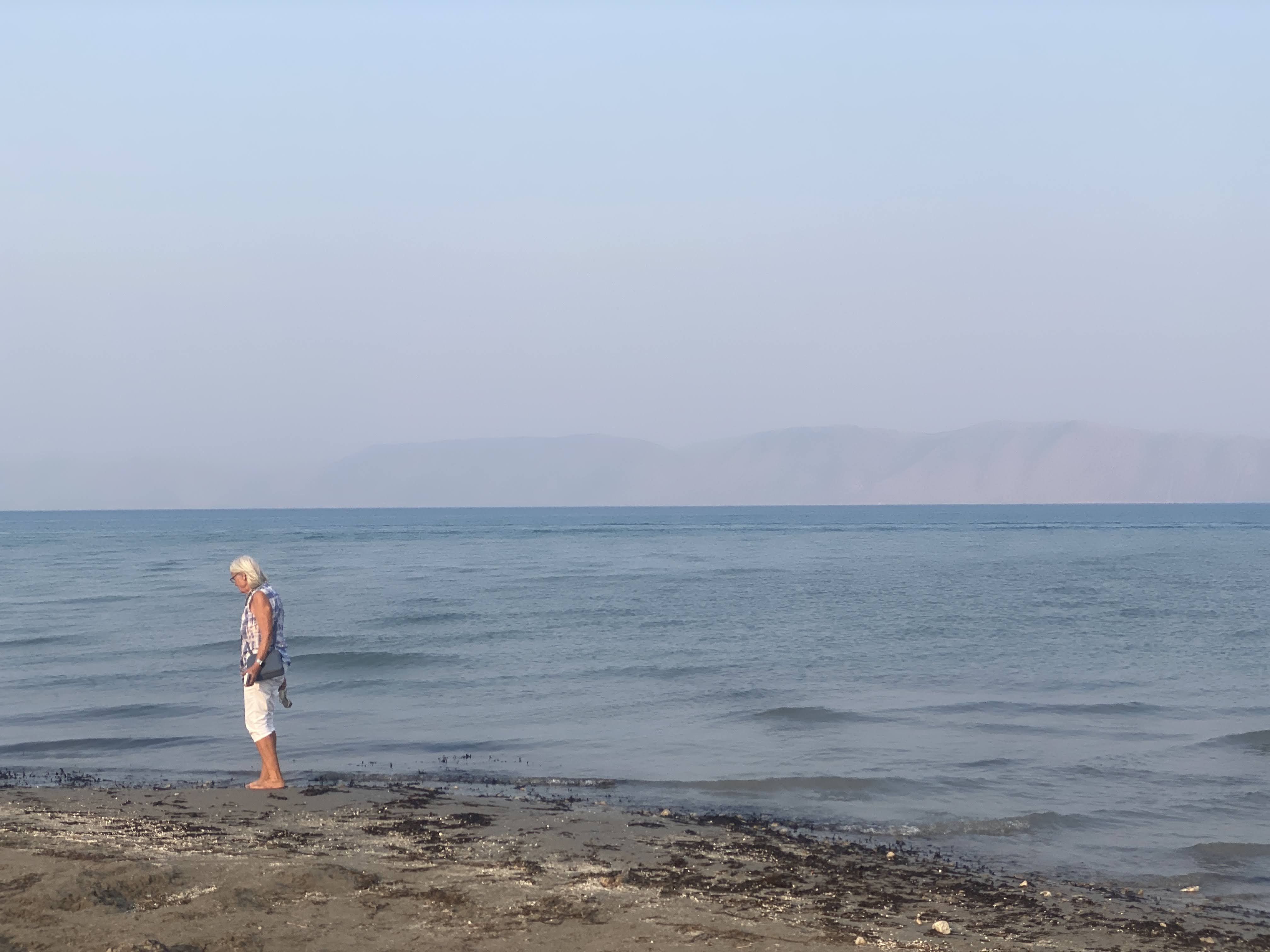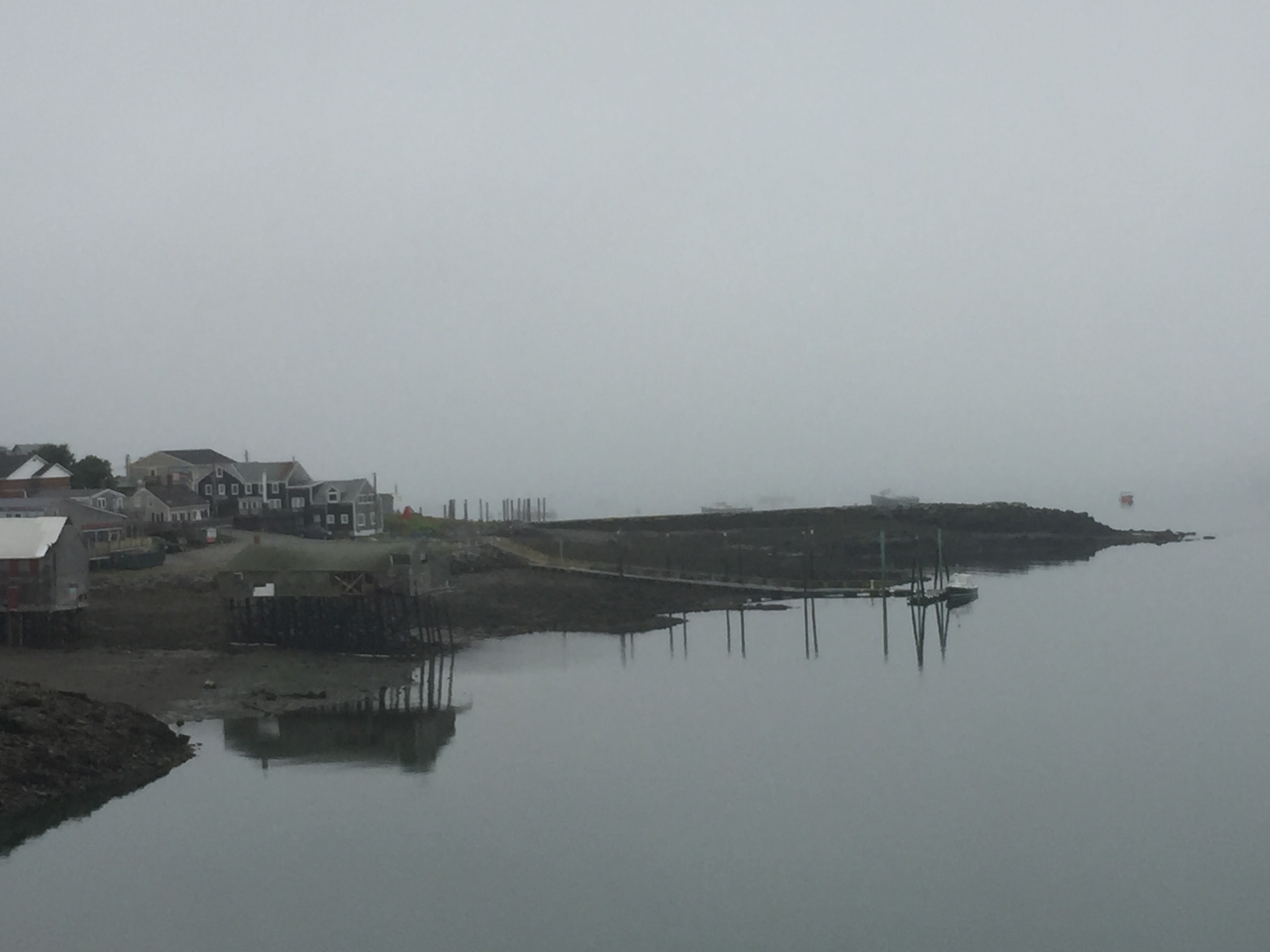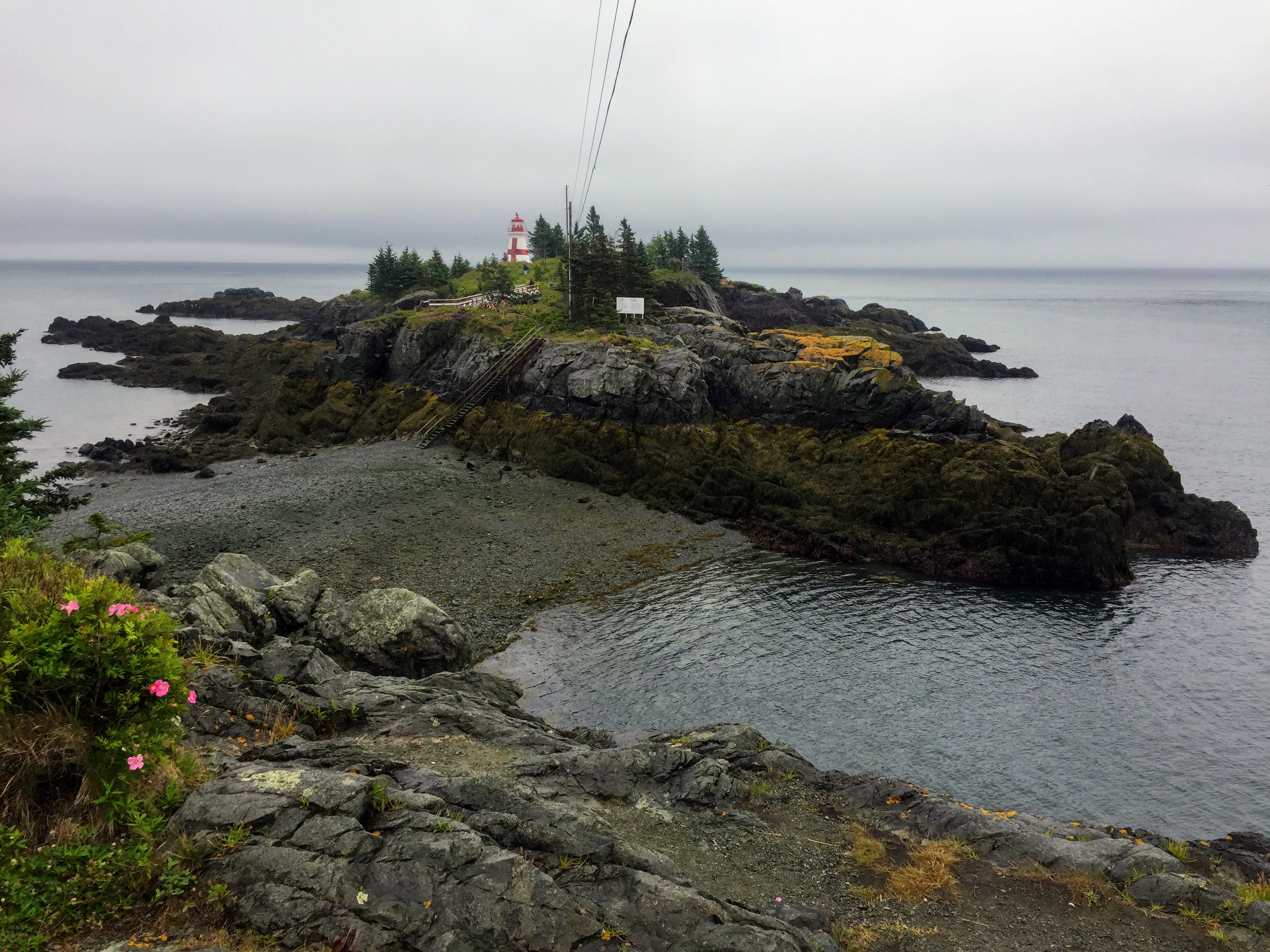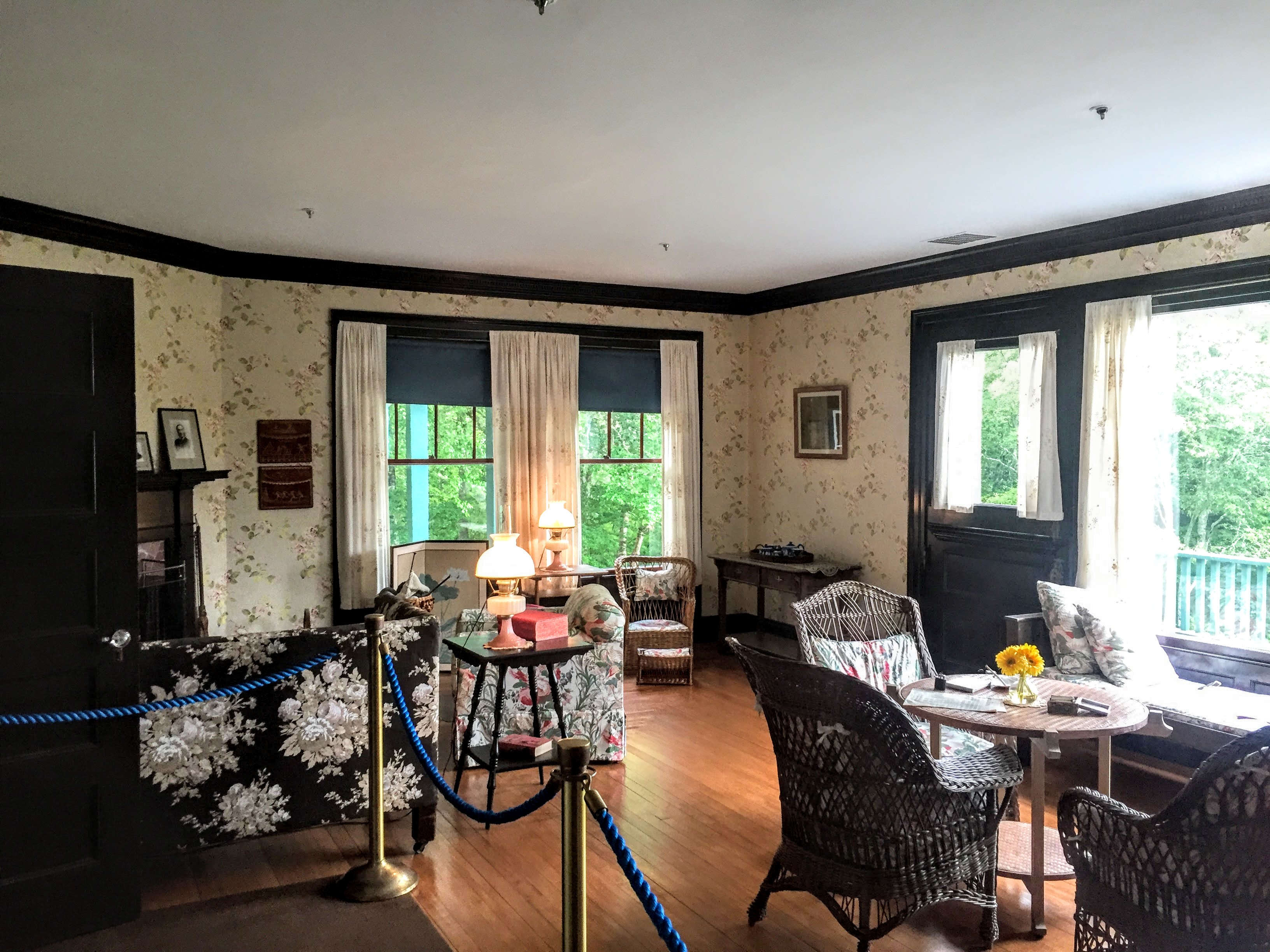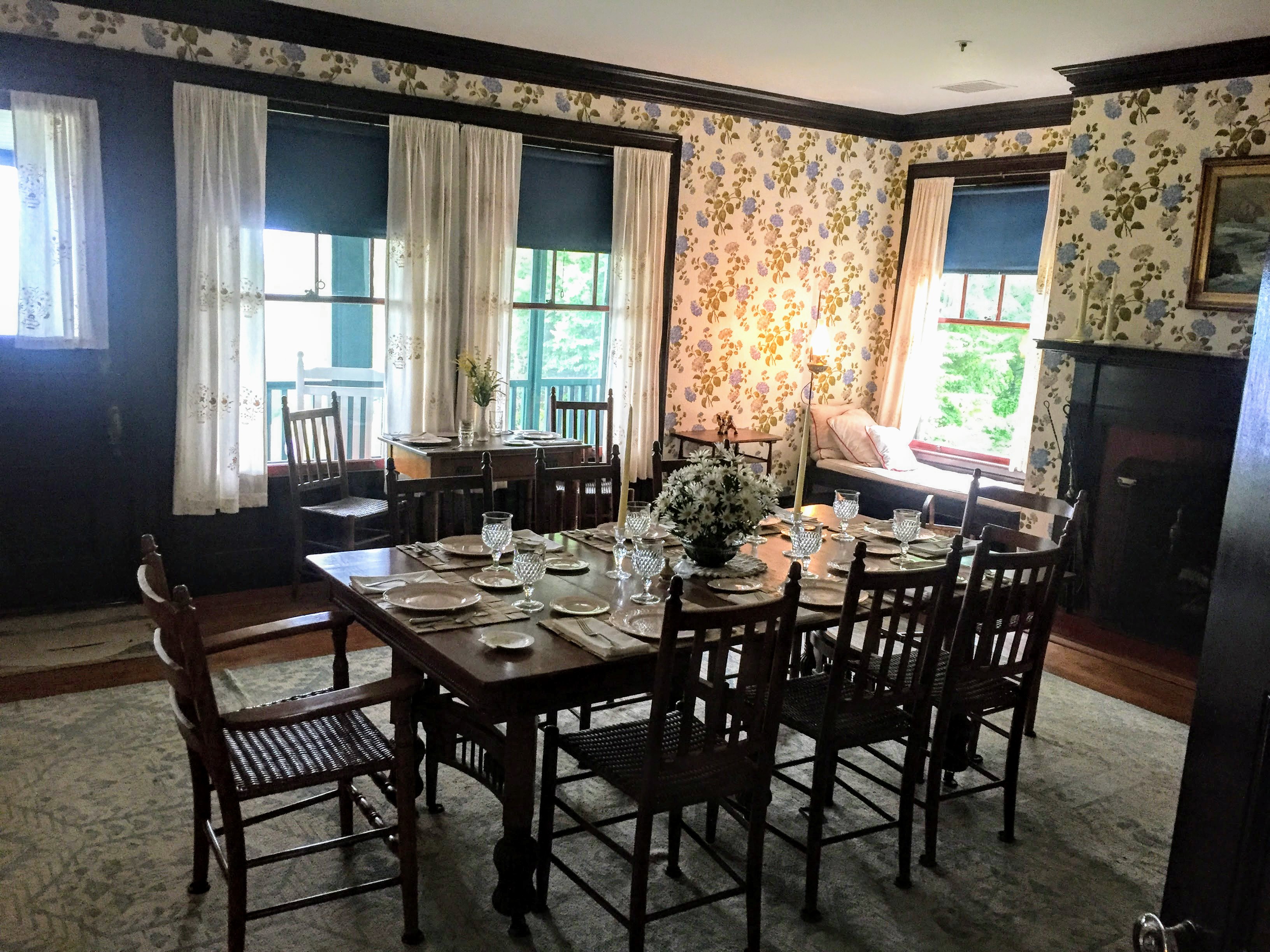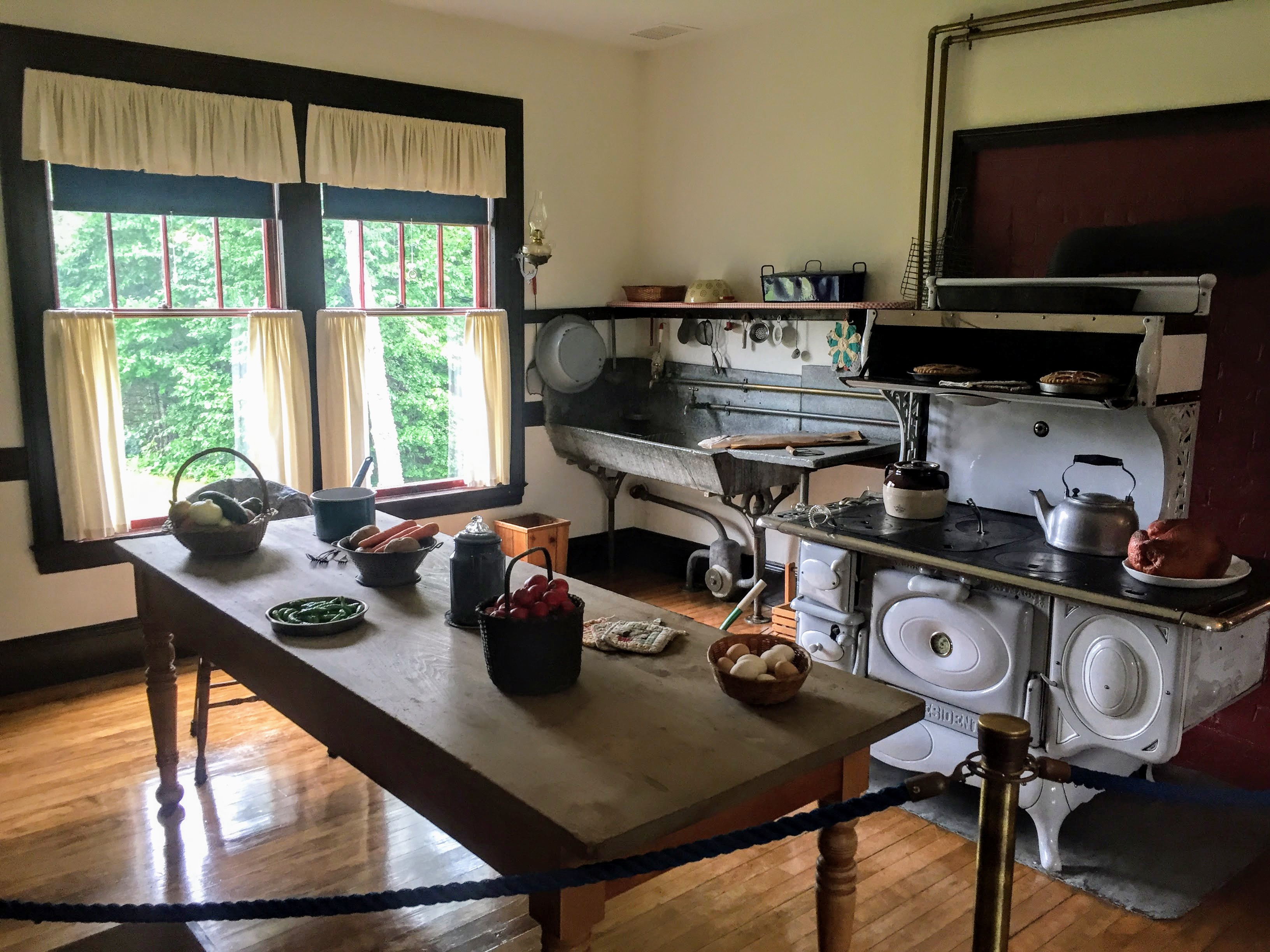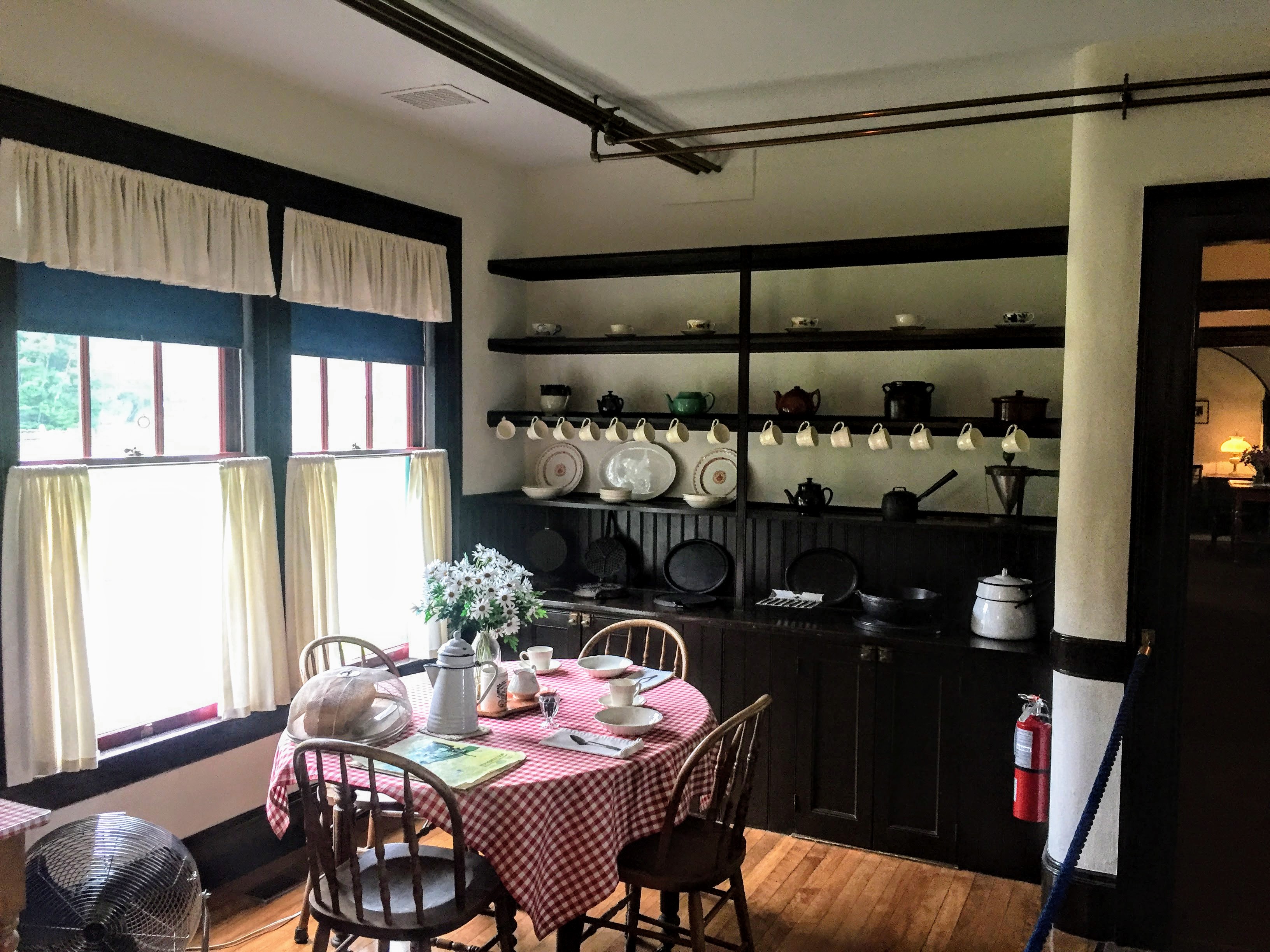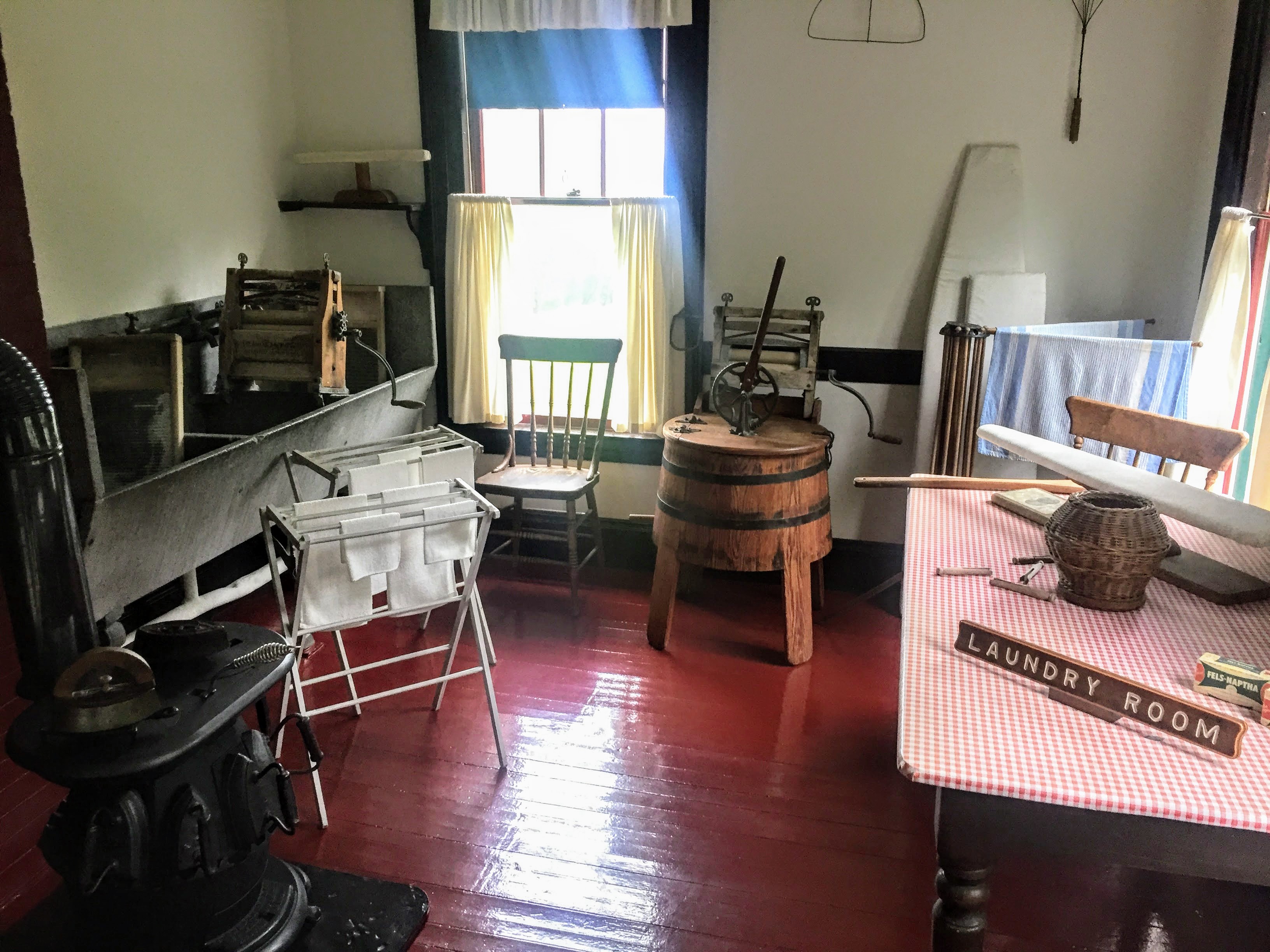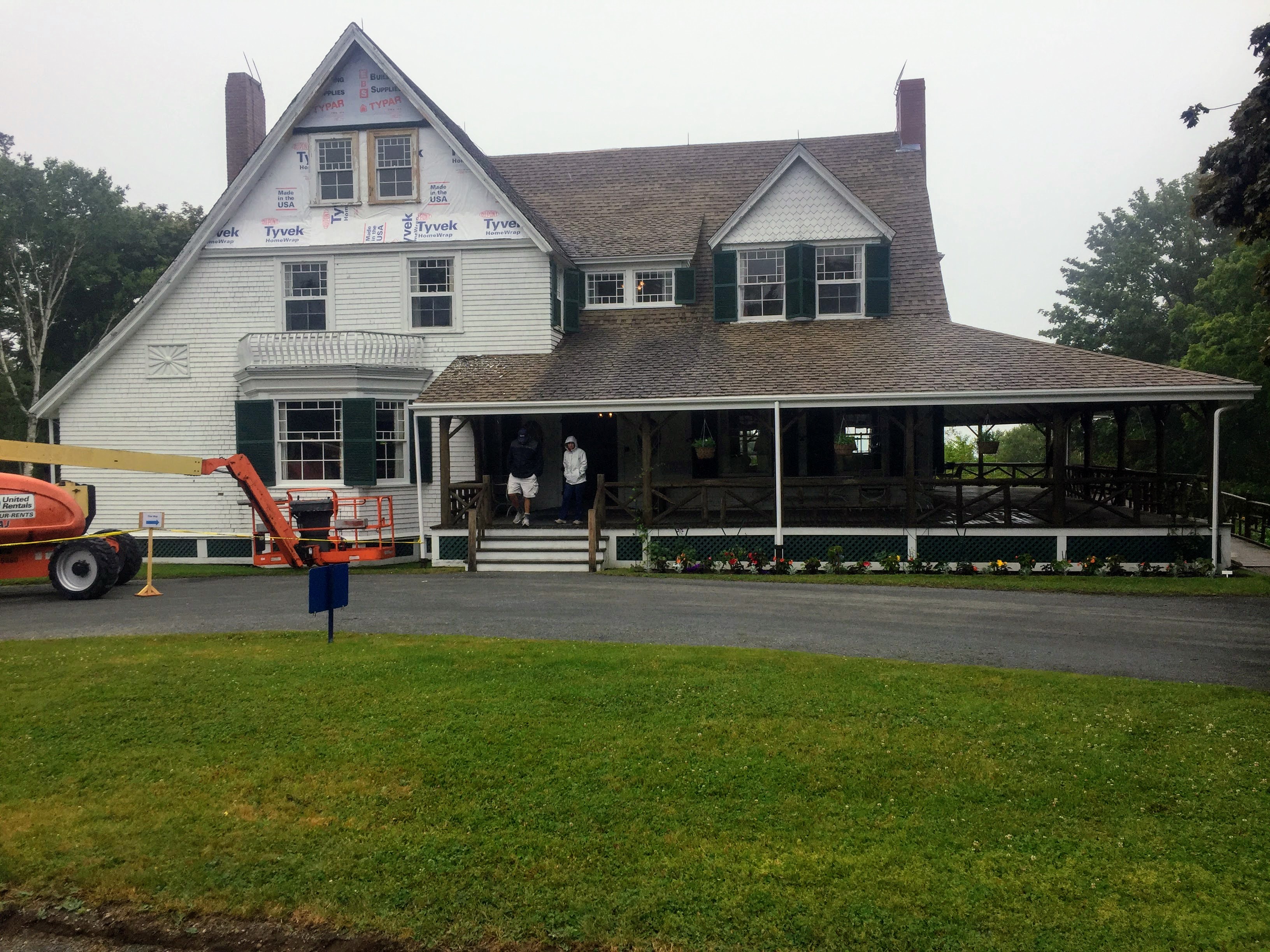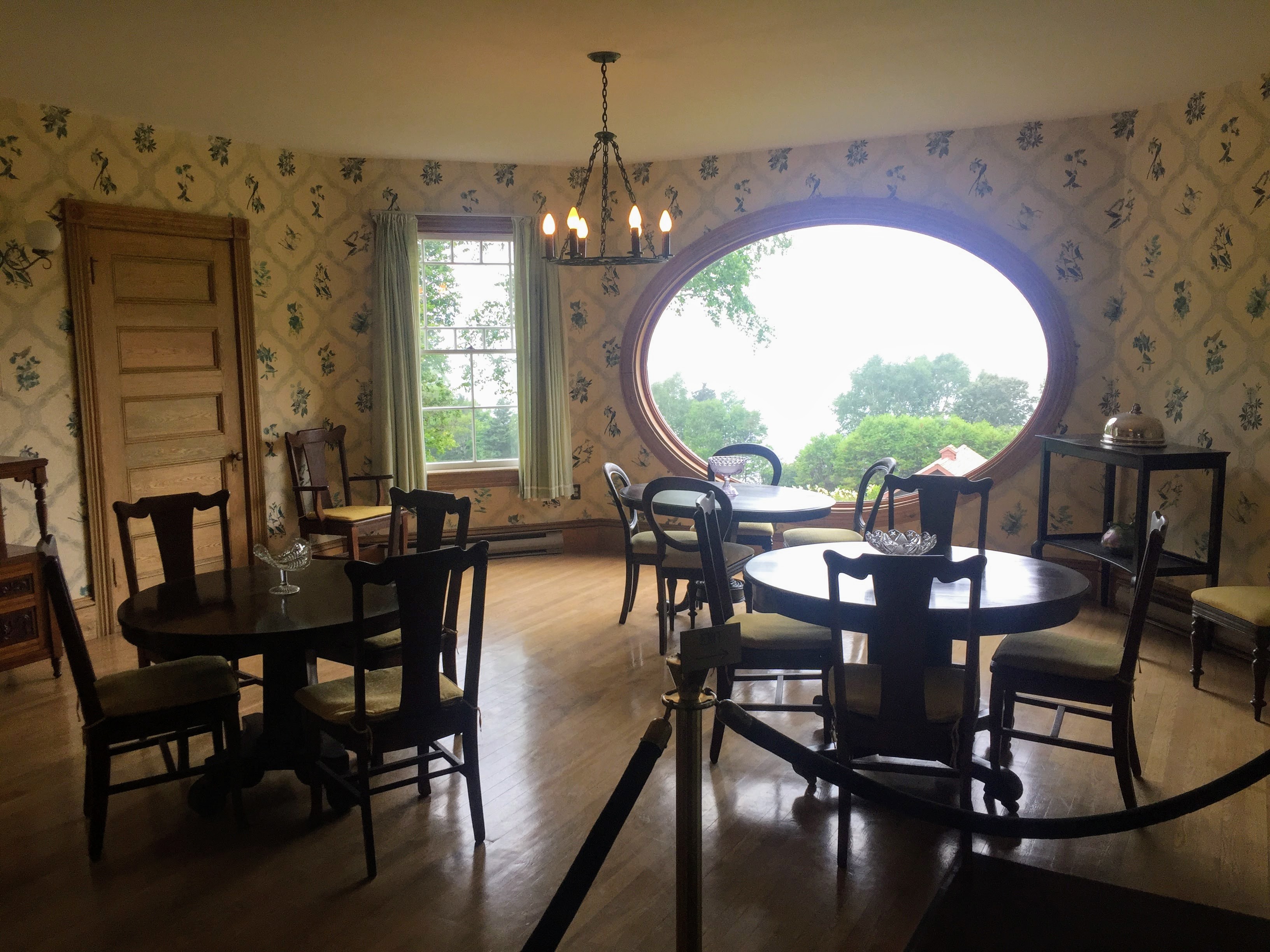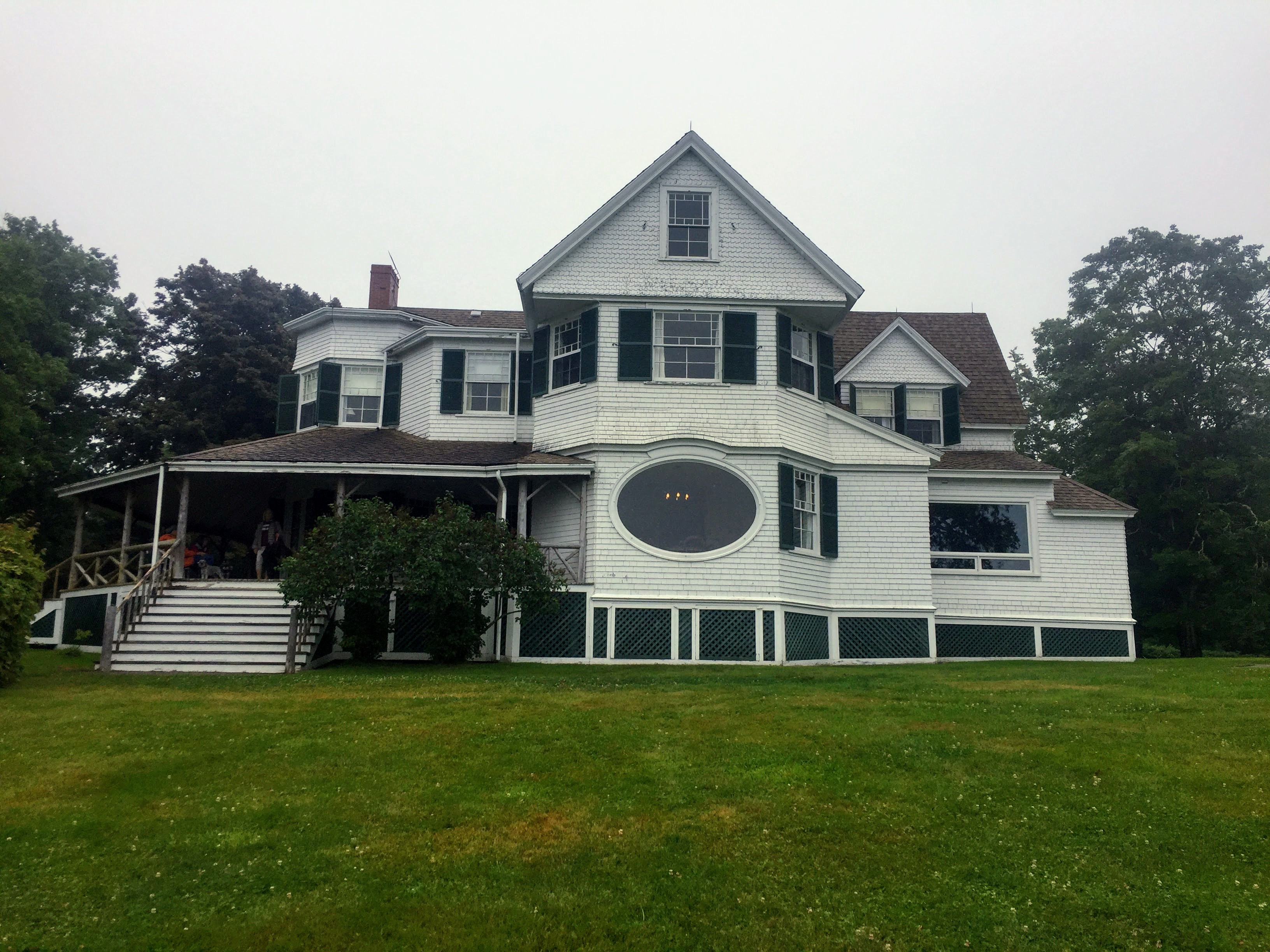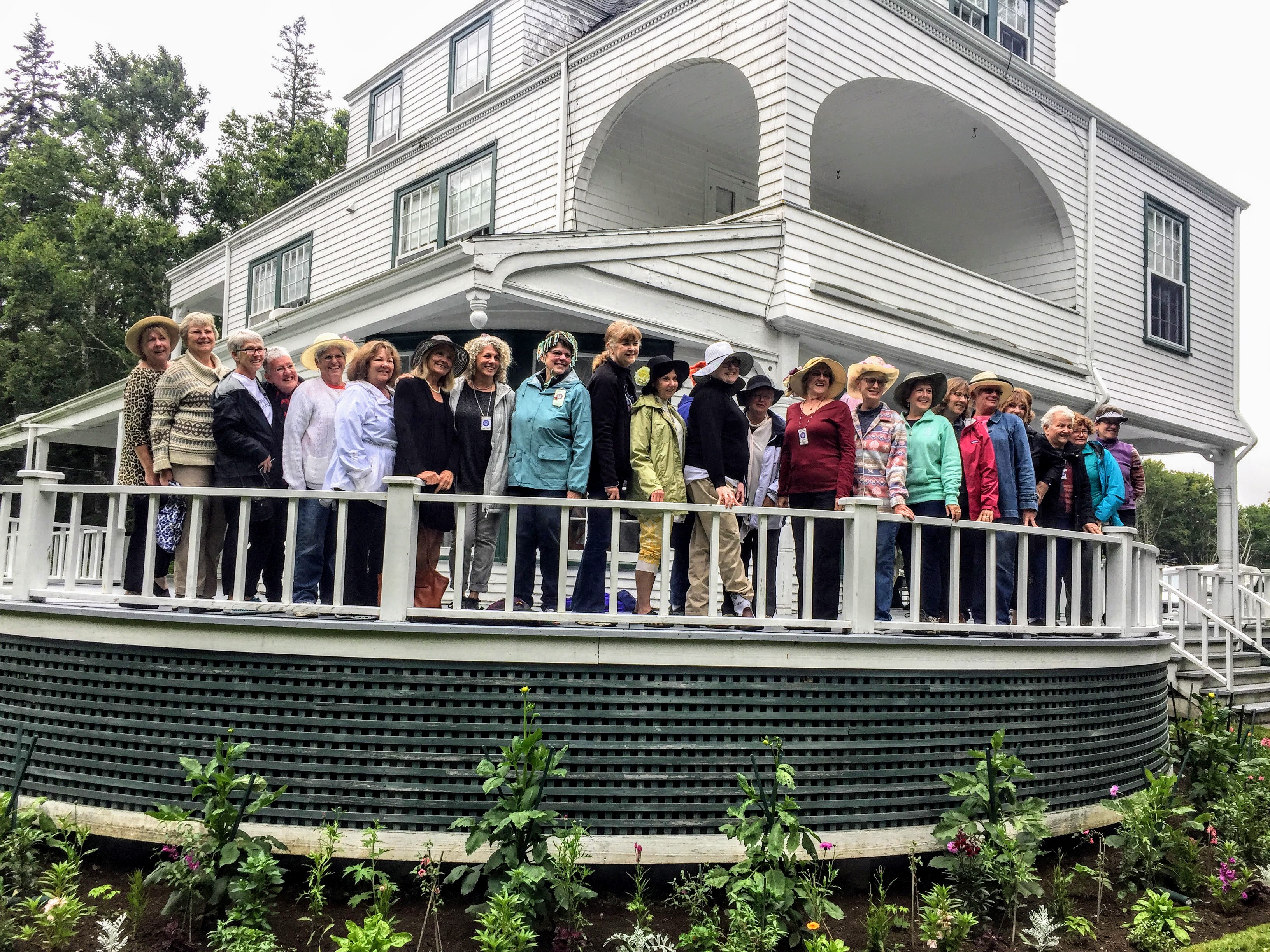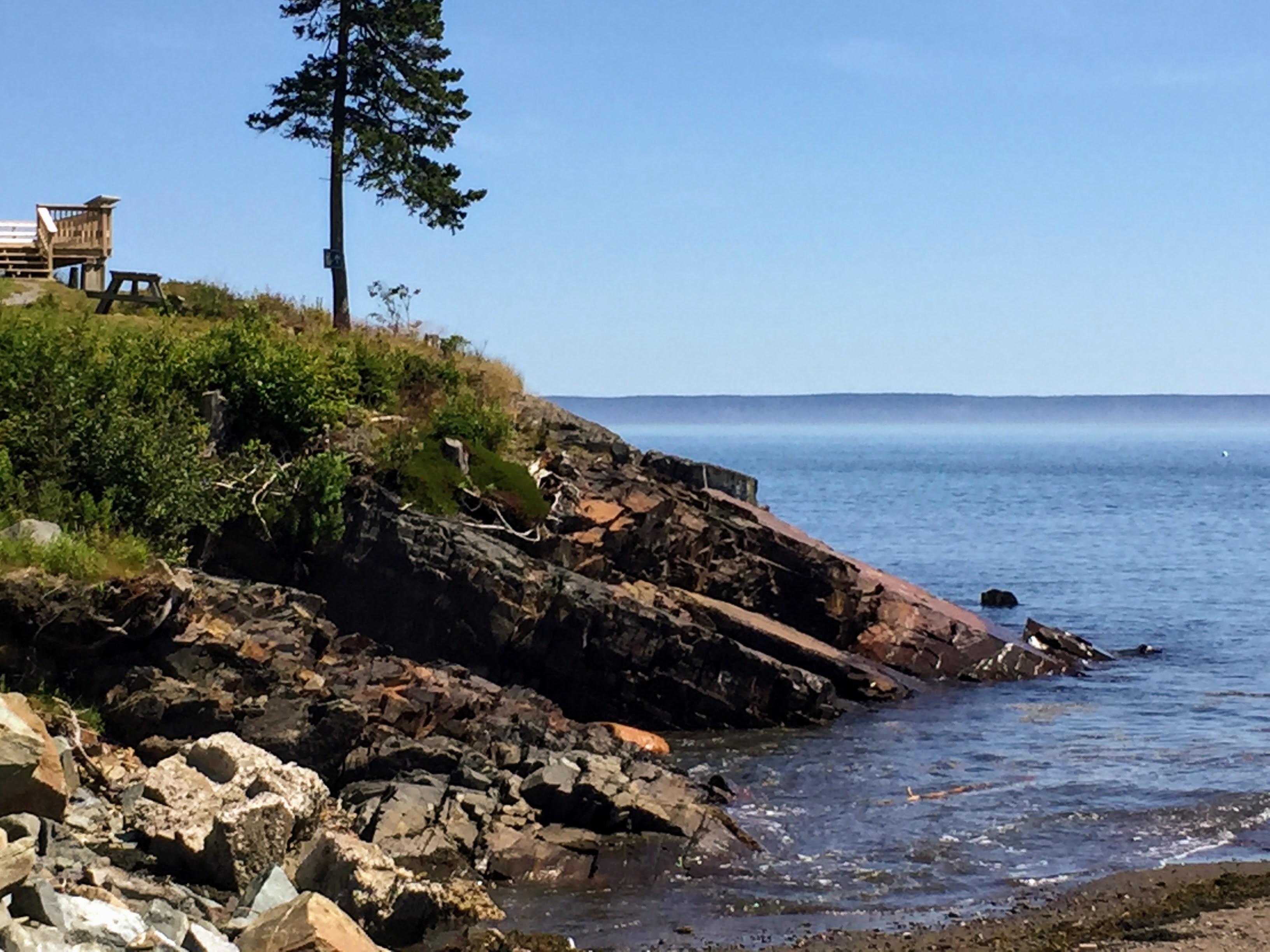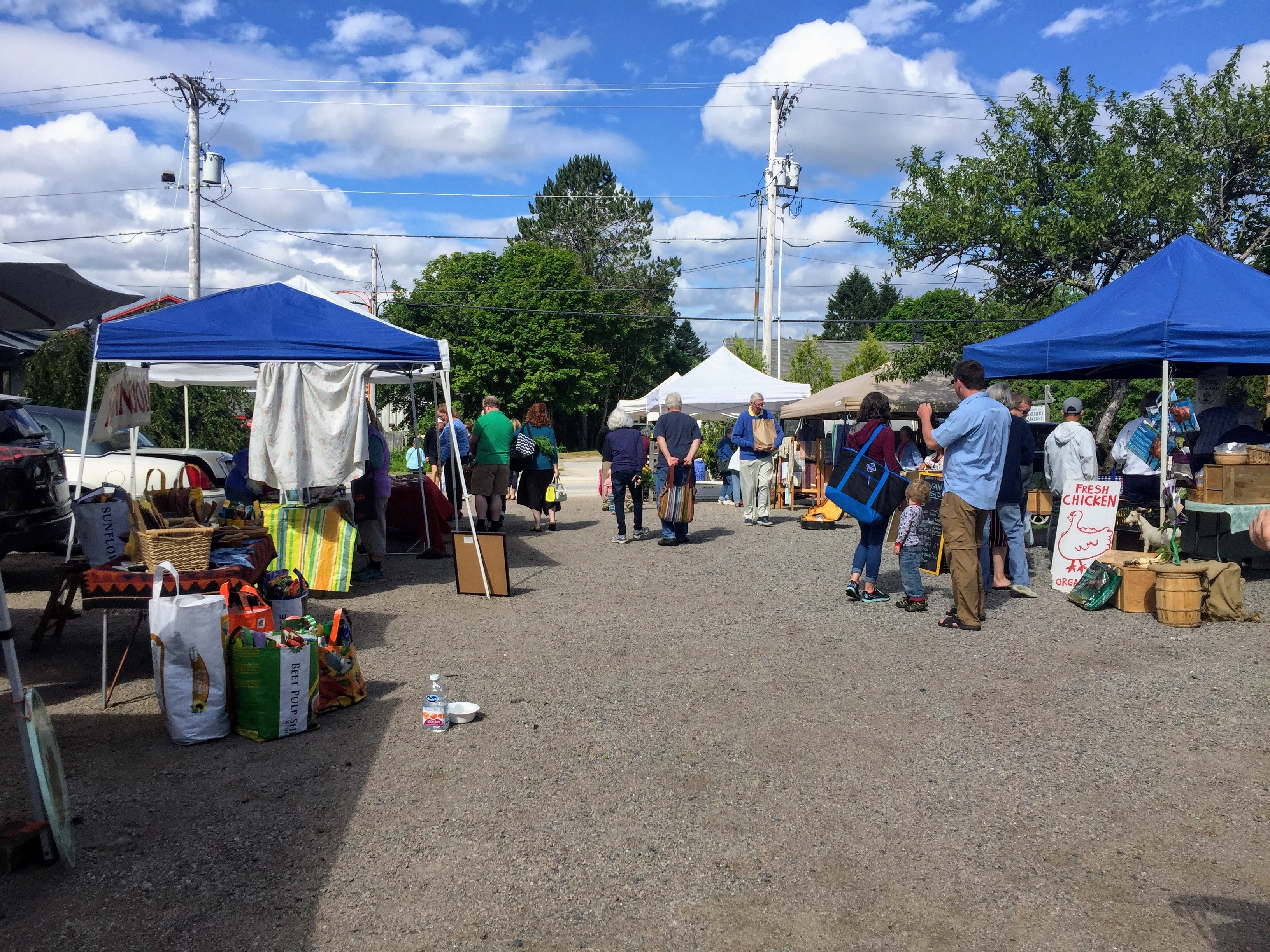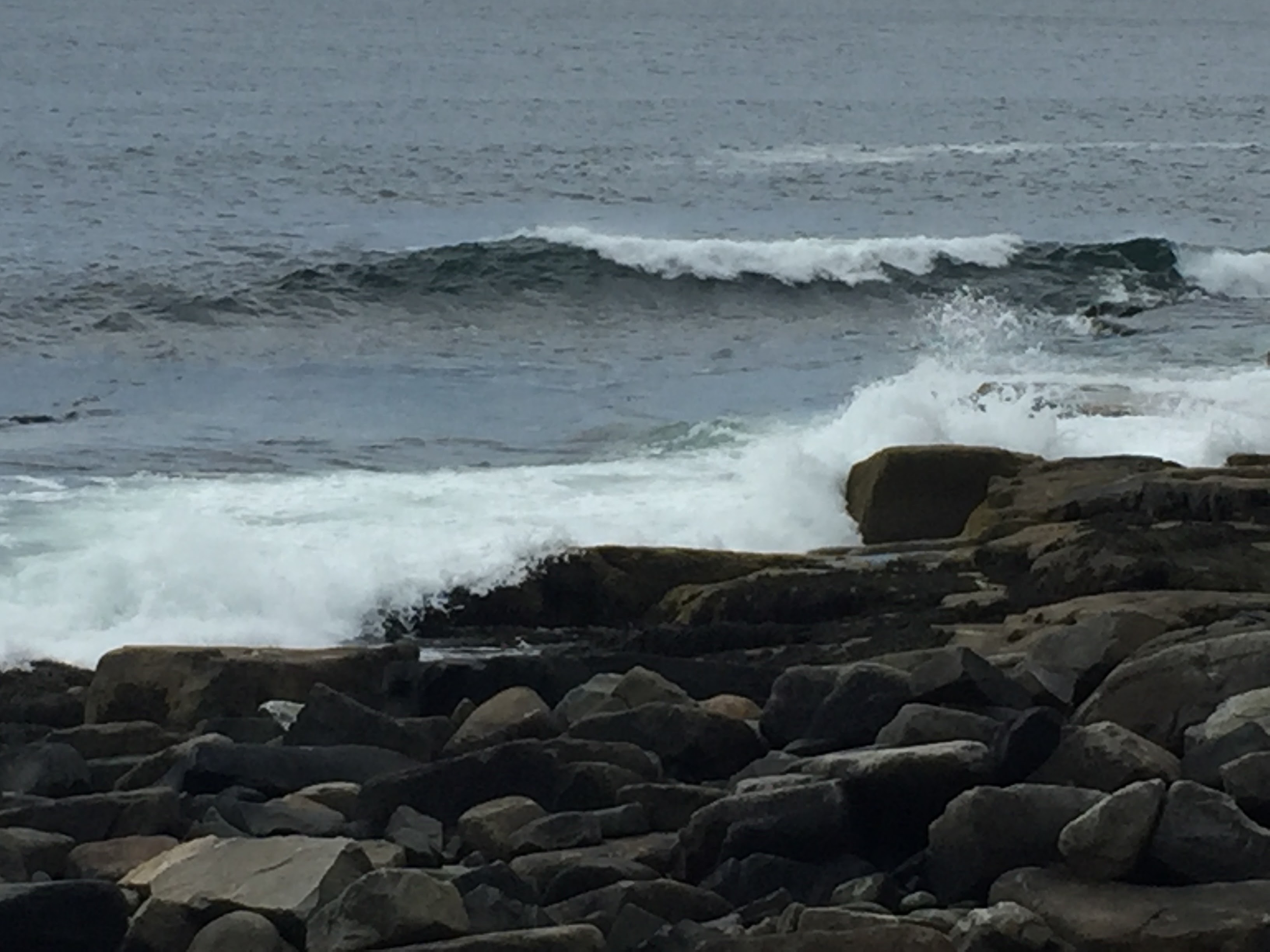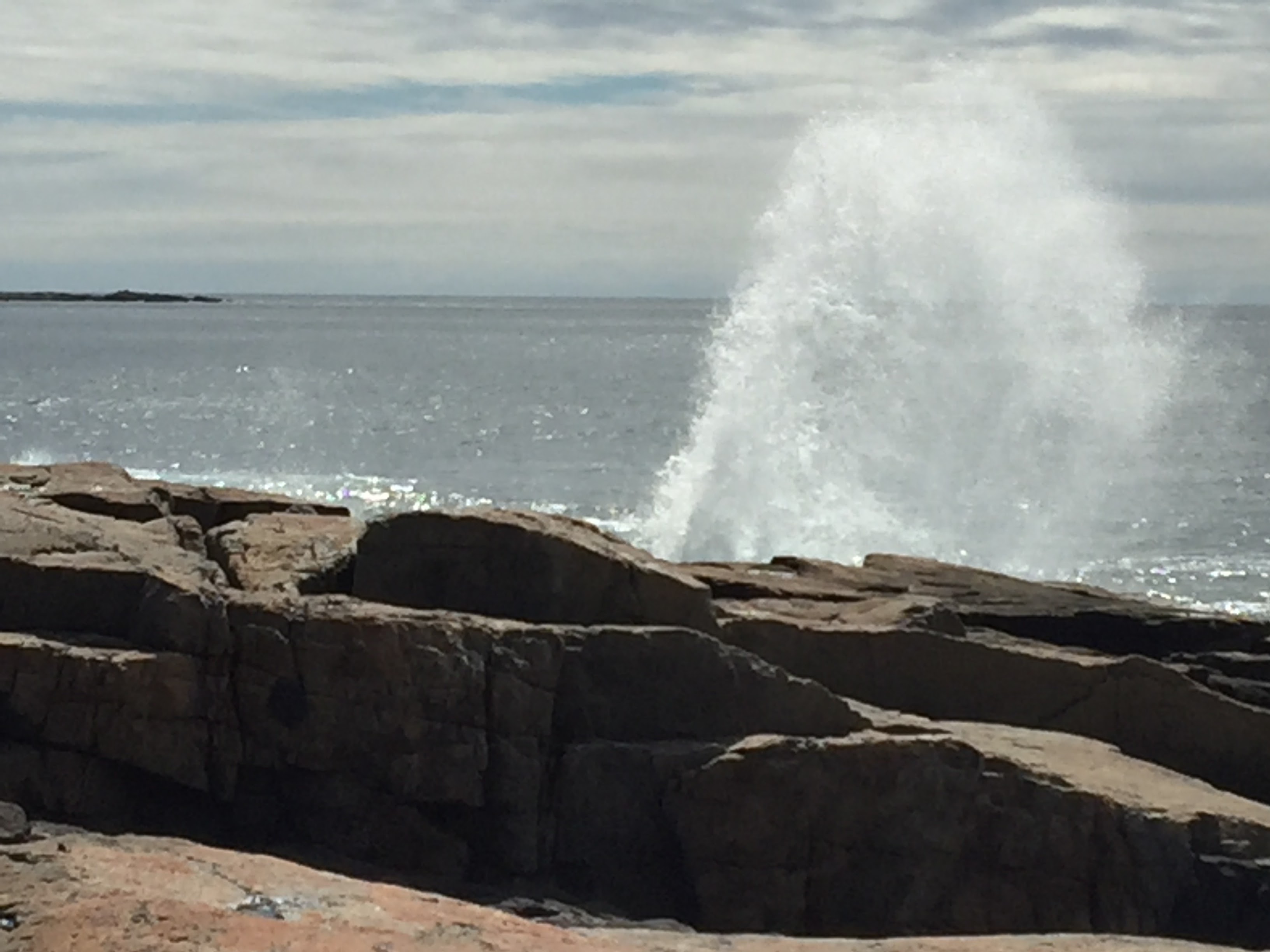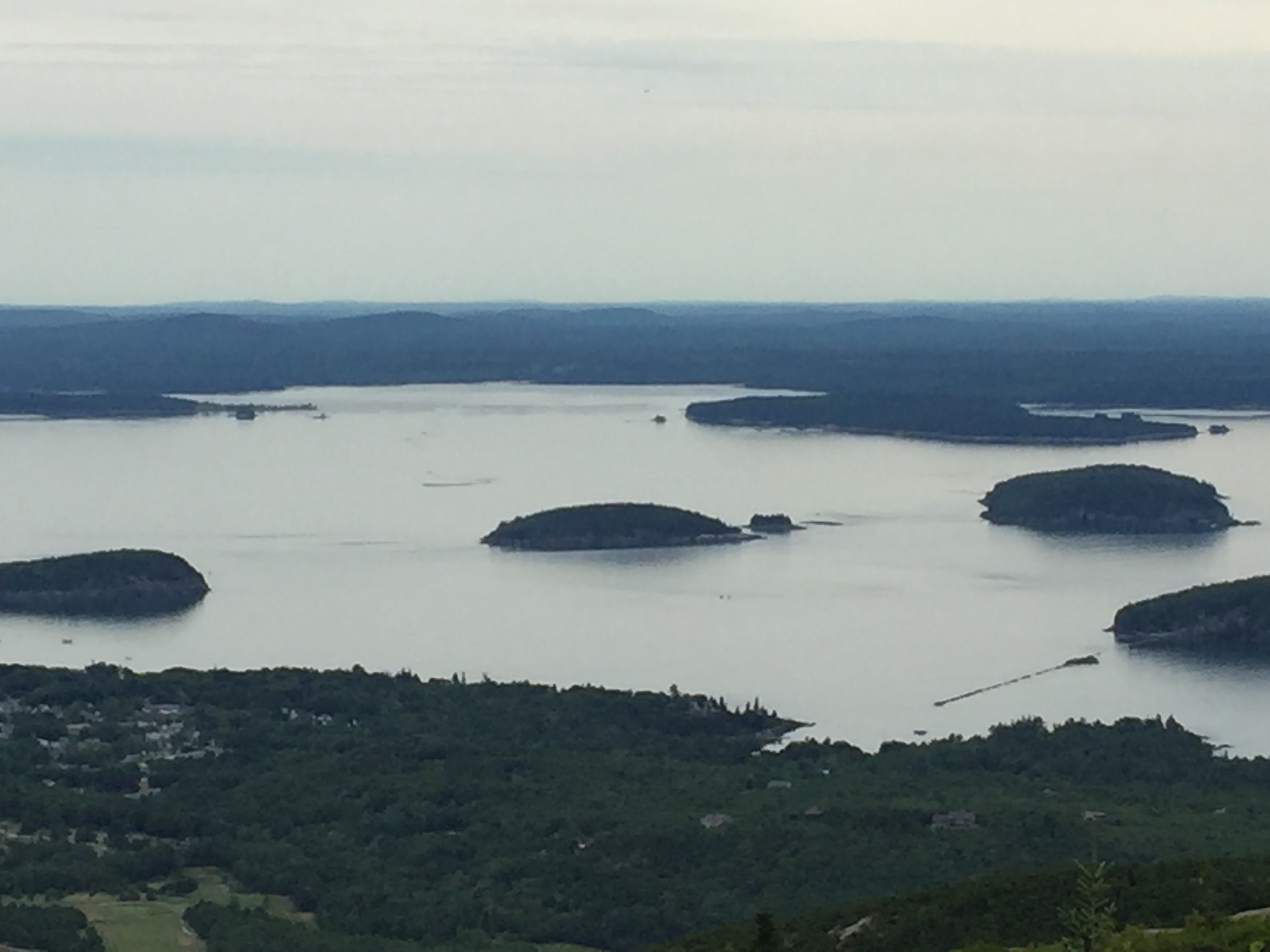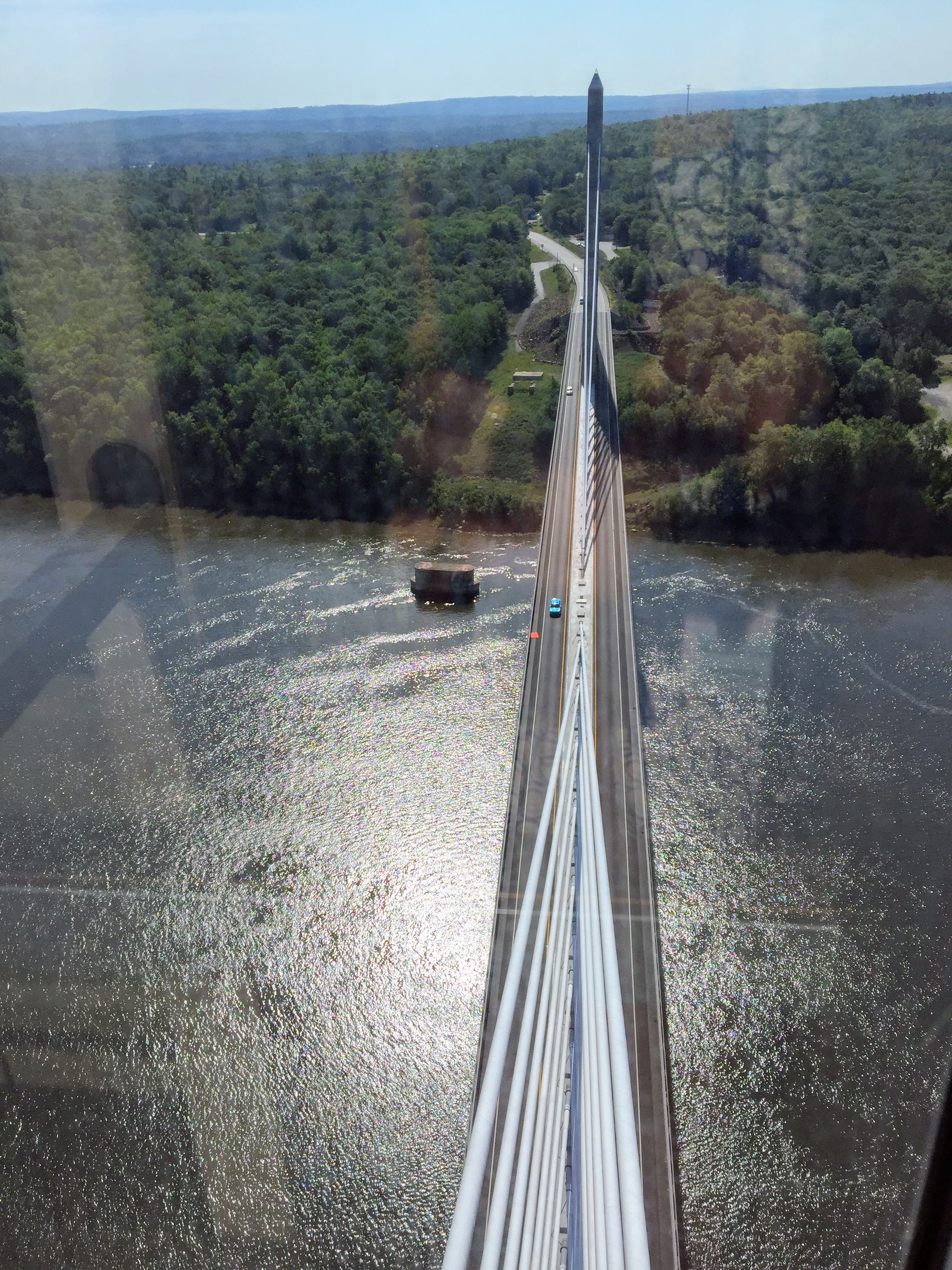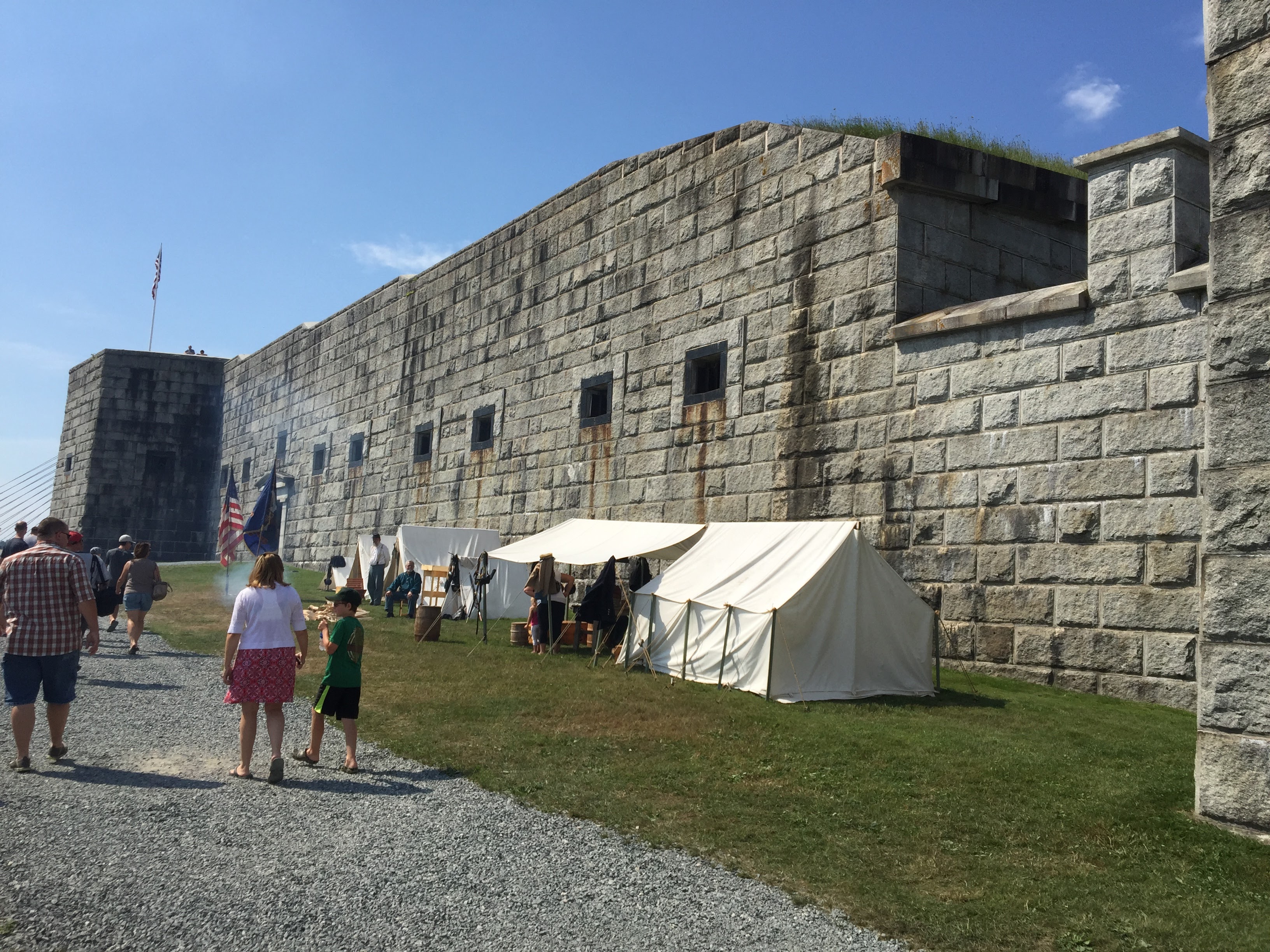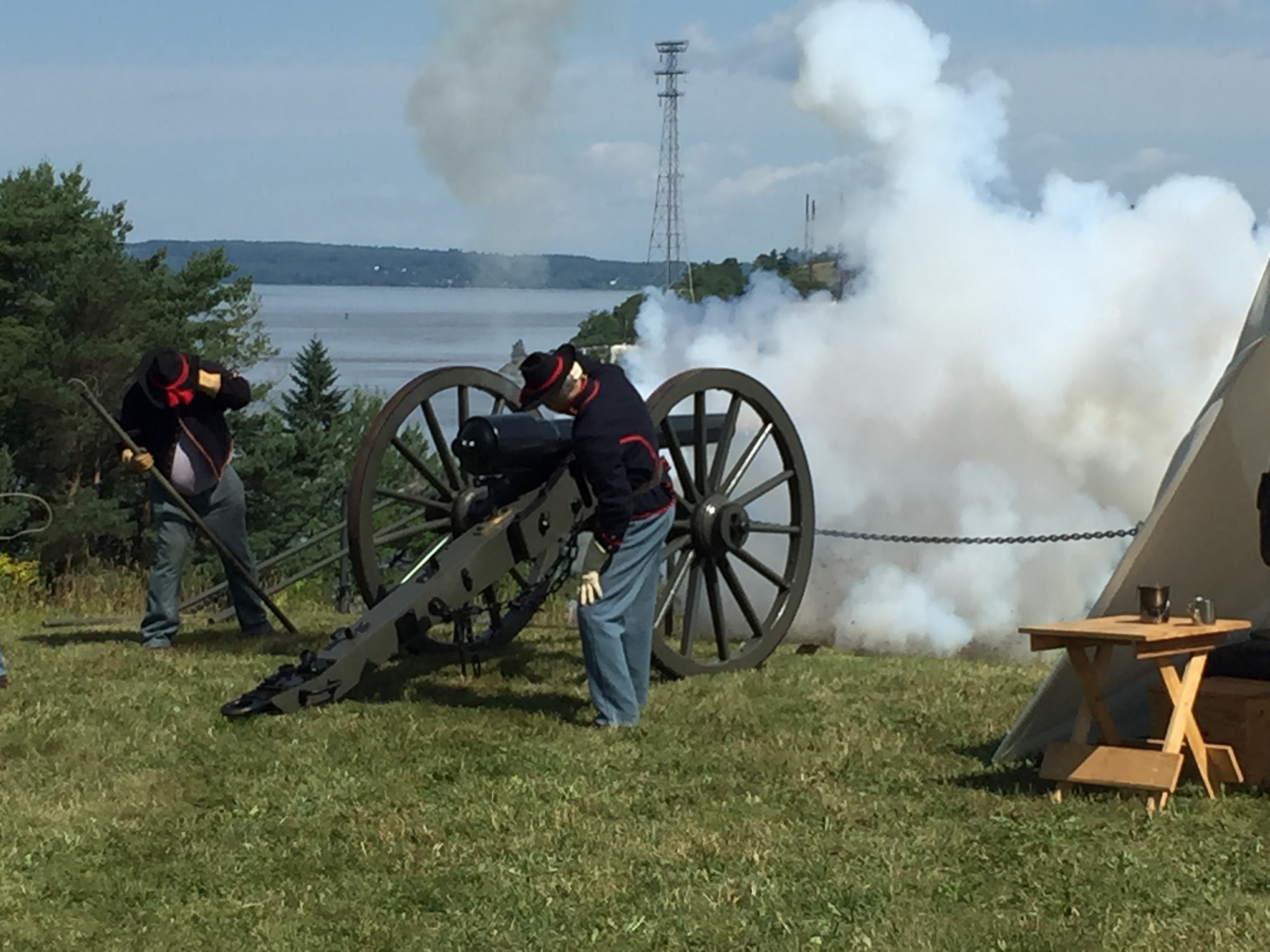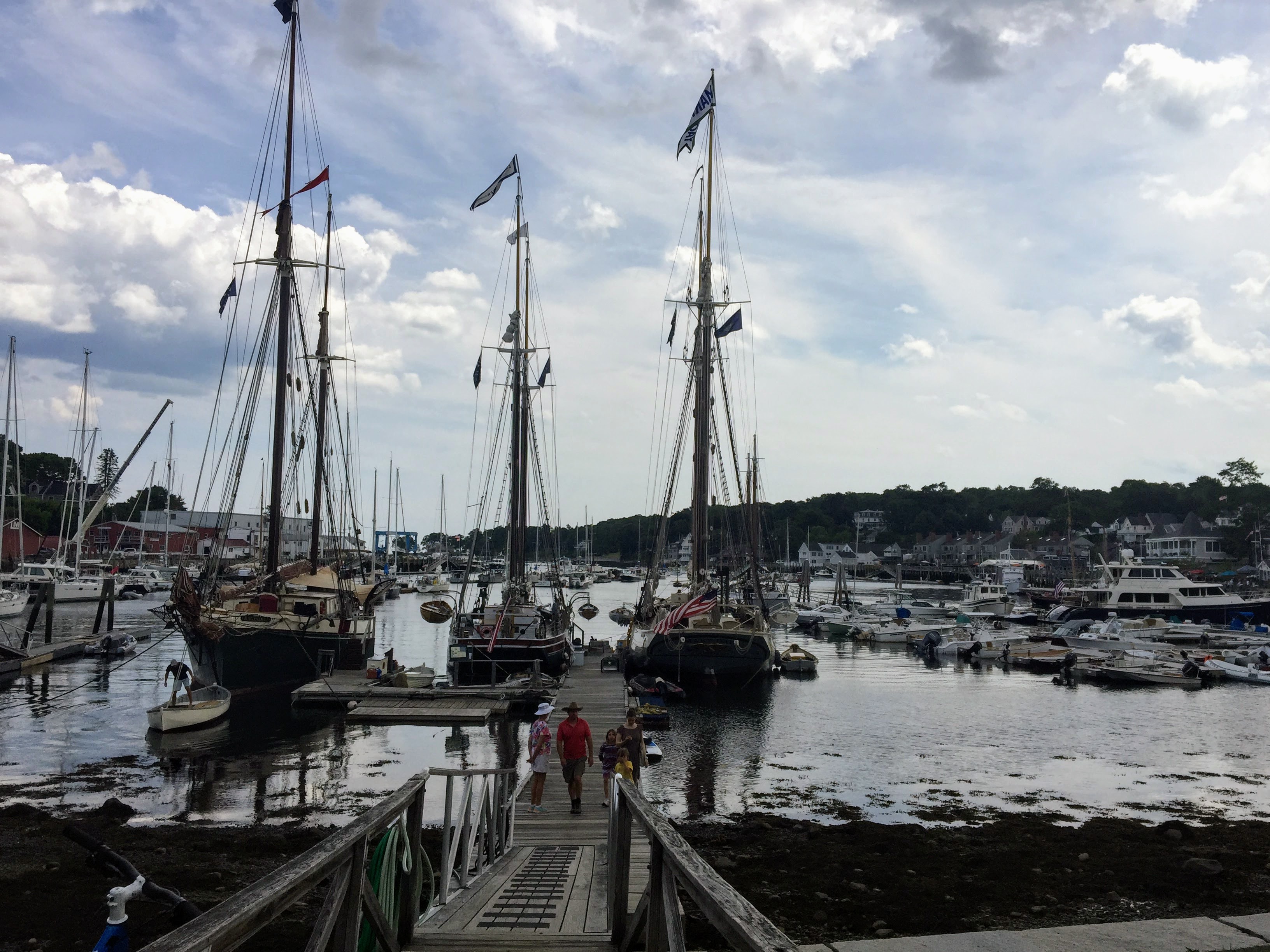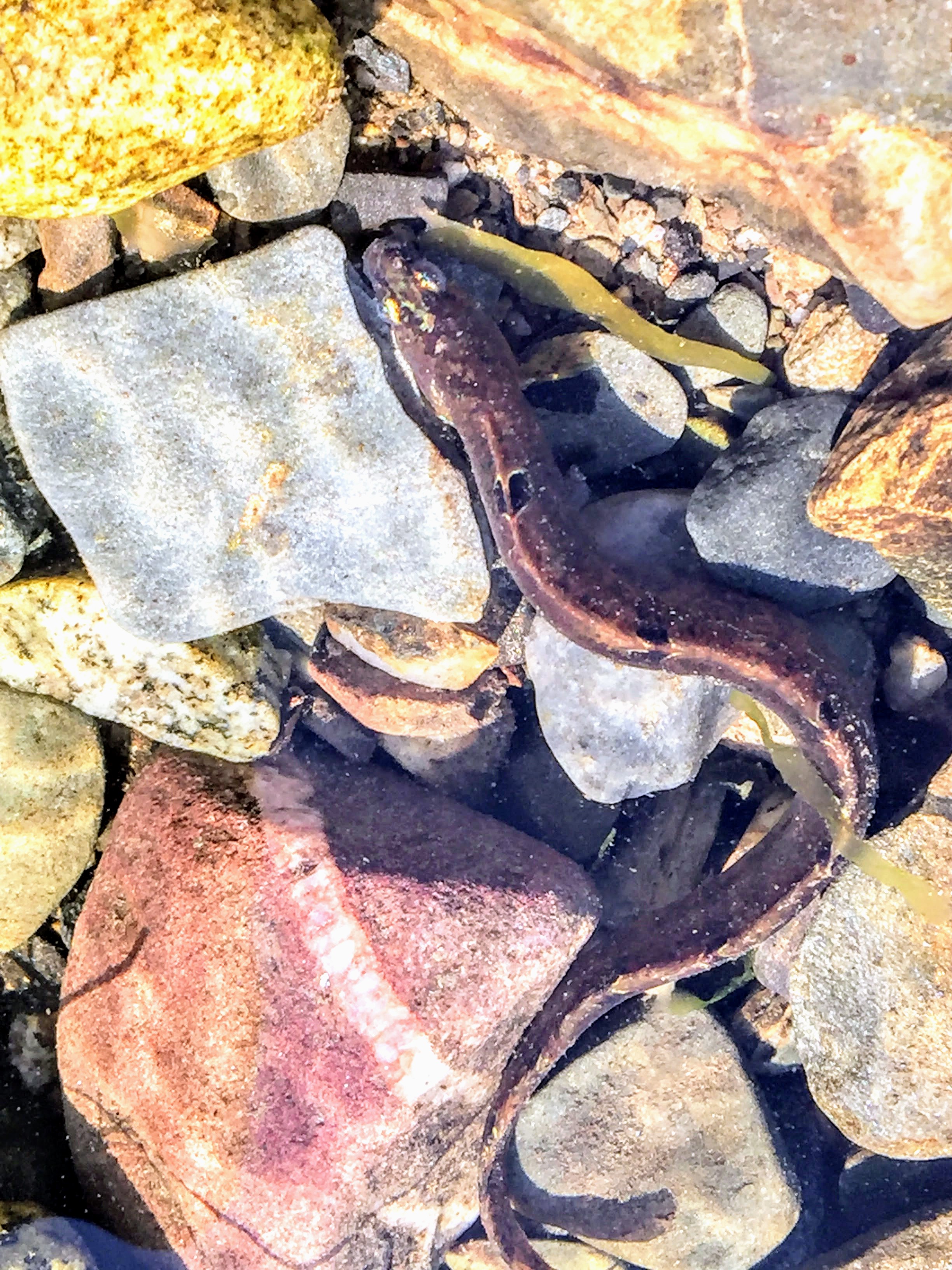We have a mostly free day today. Time to stay relaxed and to watch some college football!
We walked through the park… There was a craft show/flea market/car show…


There was also great beauty. Lynda gets all excited about “fall colors”. I just see dead leaves…

Mid day we drove the few miles into “downtown” Bella Vista. It is really just a few shopping centers…
But the real reason for the drive was to see the Mildred Cooper Memorial Chapel.


Mildred B. Cooper Memorial Chapel is a chapel in Bella Vista, Arkansas, designed by E. Fay Jones and Maurice Jennings and constructed in 1988. The chapel was commissioned by John A. Cooper, Sr. to honor Mildred Borum Cooper, his late wife. The chapel was designed to celebrate both God and his creations.
Located on a wooded site along Lake Norwood, the chapel has become a popular tourist destination in Northwest Arkansas. It is also popular as a venue for wedding ceremonies.
Architect Jones apprenticed with Frank Lloyd Wright, and designed a building with numerous windows open to the landscape.
Jones used 31 tons of steel and 4,460 square feet of glass to create a series of tall, vertical Gothic arches that run the length of the chapel. Though it looks like an open-air structure, the chapel is glass-enclosed and air conditioned.
We managed to sneak in for 5 minutes between weddings… It is a stunning place!




We returned to the Villa to watch some more college football…
This evening we visited “Simple Pleasures”. This is a rural event venue which features lots of old and classic cars and lots of nostalgia…

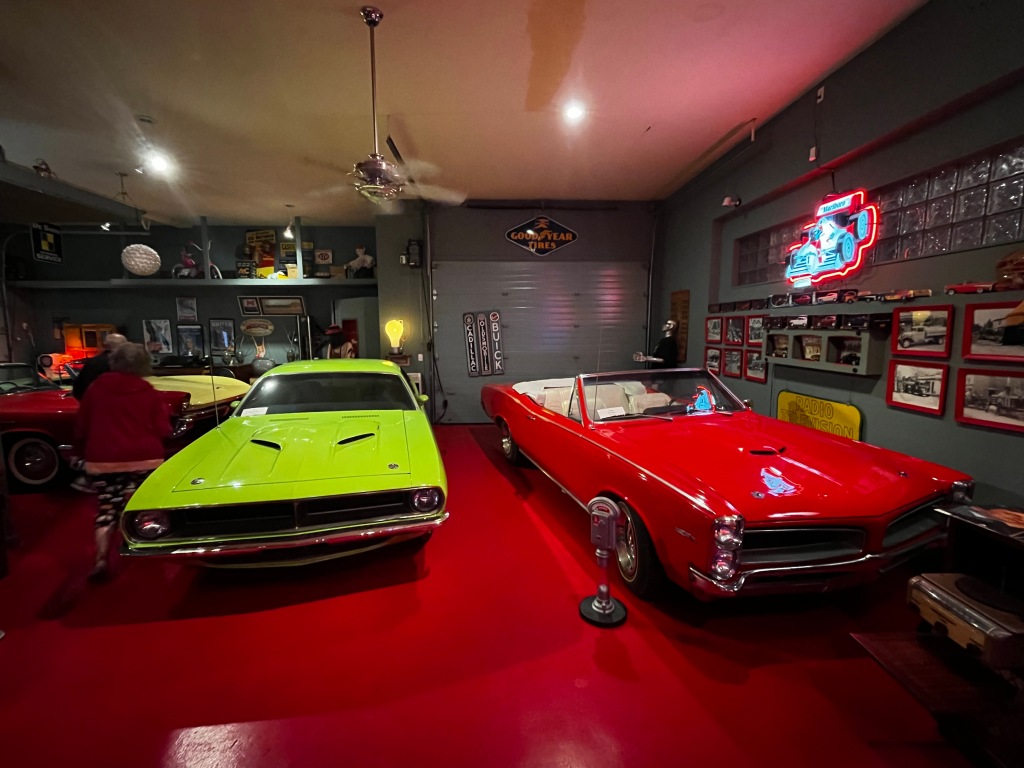
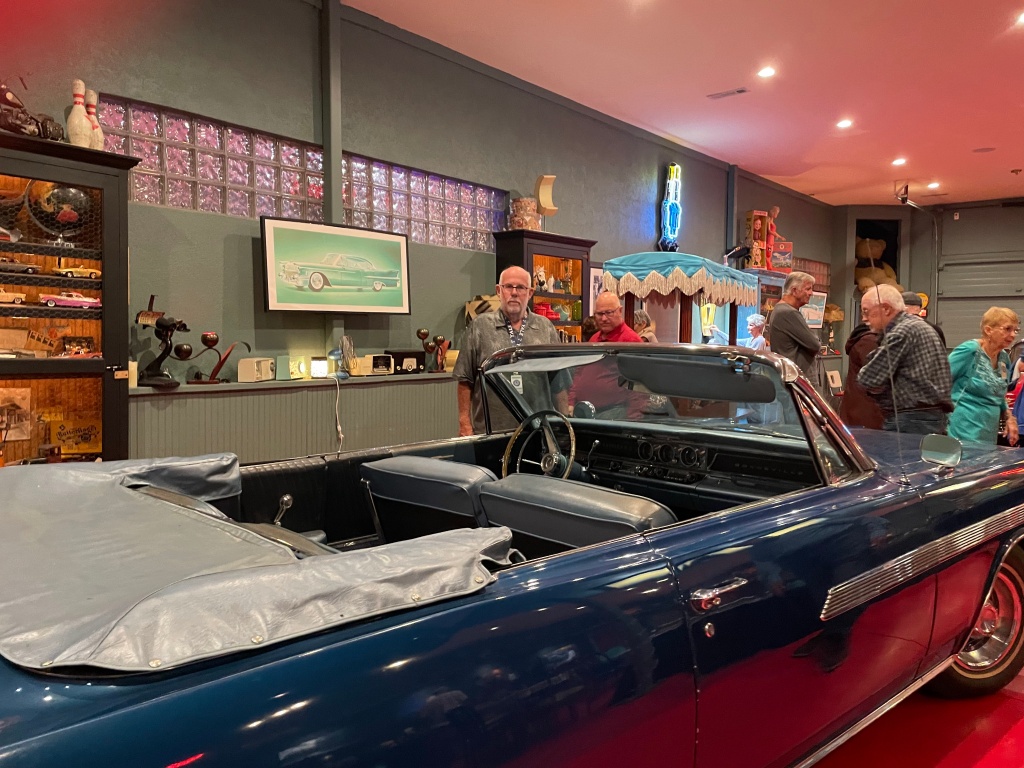
1958 Cadillac convertible. Perry Mason drives a black one like this in several episodes…

1959 MGA. Note the license plate…


SPEBSQSA is the Society for the Preservation and Encouragement of Barbershop Quartet Singing in America. Their motto, “We sing that they shall speak” denotes their activities in charitably supporting people who cannot speak…
I am very familiar with SPEBSQSA. When I was in college I sang in a Barbershop Quartet. Due to the fact that there were no math majors in our group, we had 12 members…
But I digress…
Here is a 1958 Chevy Impala. My brother had two of these… A black one in high school, then a gold one later on…

We ventured “out back” to another car barn…



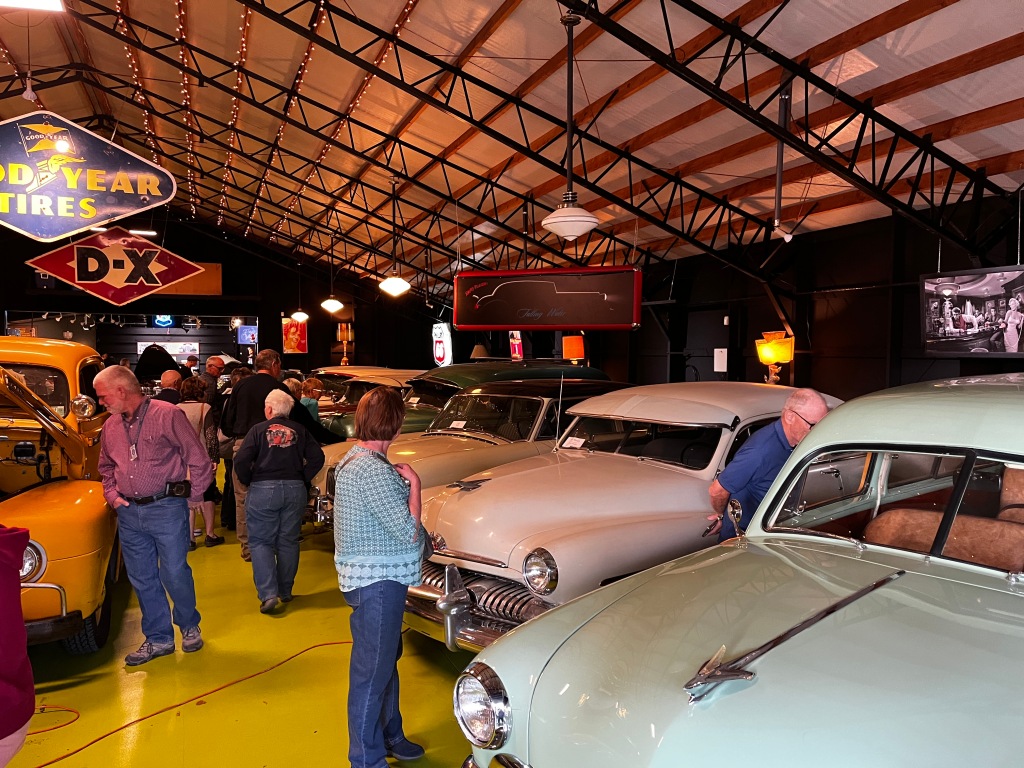
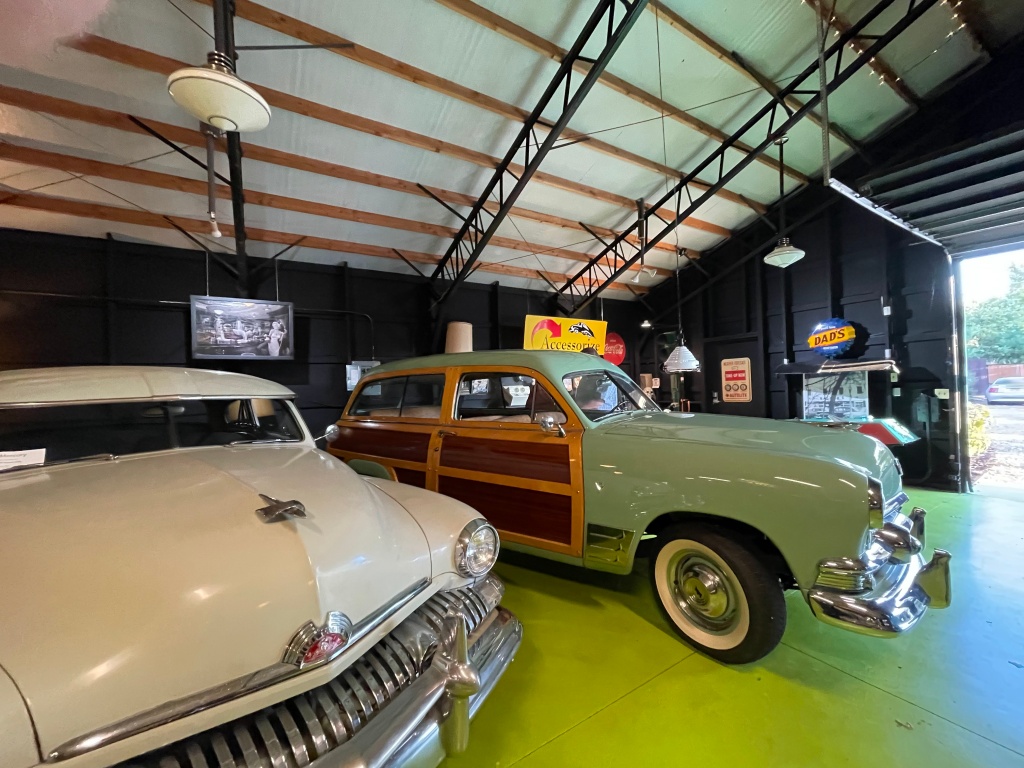


My father had a 1941 Buick. Of course, it was not a convertible…

He bought it just before WWII. After the war, with the car shortage, he sold it and used the money to buy a house…

Lynda’s family had a 1959 Chevy like this…

Frank Lloyd Wright loved to drive Lincoln Continentals like this. He always had them custom painted “Cherokee Red”, his favorite color. (If you look at the photos I post of Wright houses you will see this color often. It was often used for the color of the concrete floors…

This is a 1957 Continental, just like David Rockefeller used to drive from New York City to his weekend house in Sleepy Hollow and to his summer home in Maine…
This collector know his continentals…


It is not a Lincoln! Continental was a separate division of Ford and had no connection to the Lincoln division…
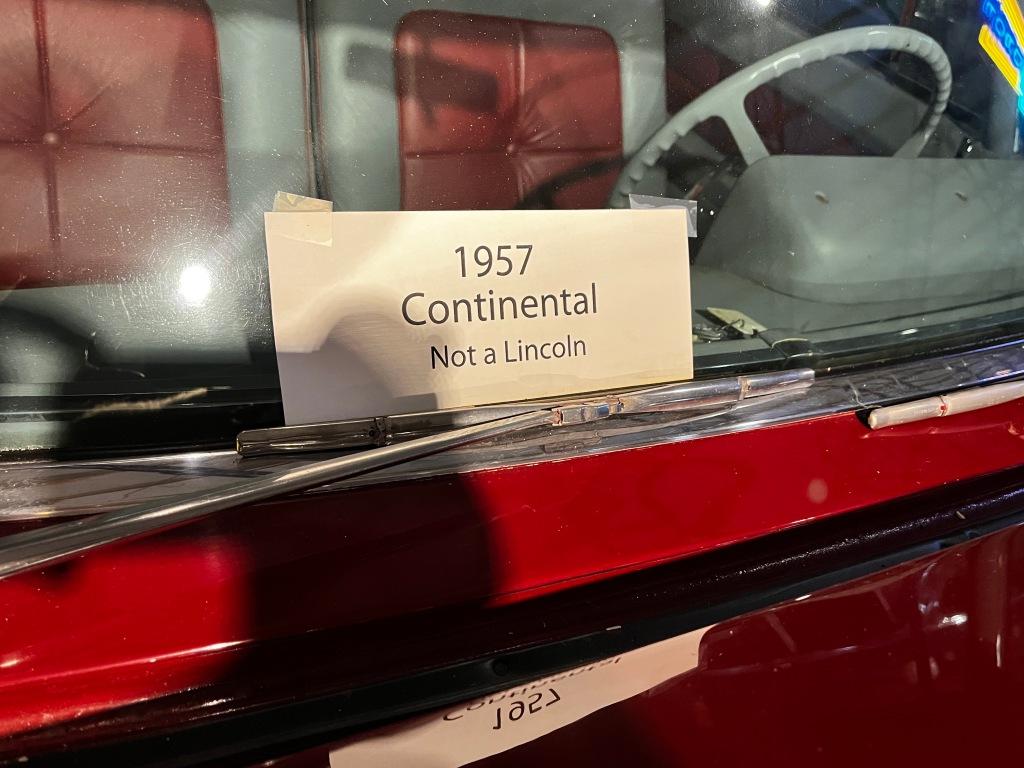

After viewing the cars we returned to the main building and had a lovely dinner, followed by some silly games, and ice cream sundaes…

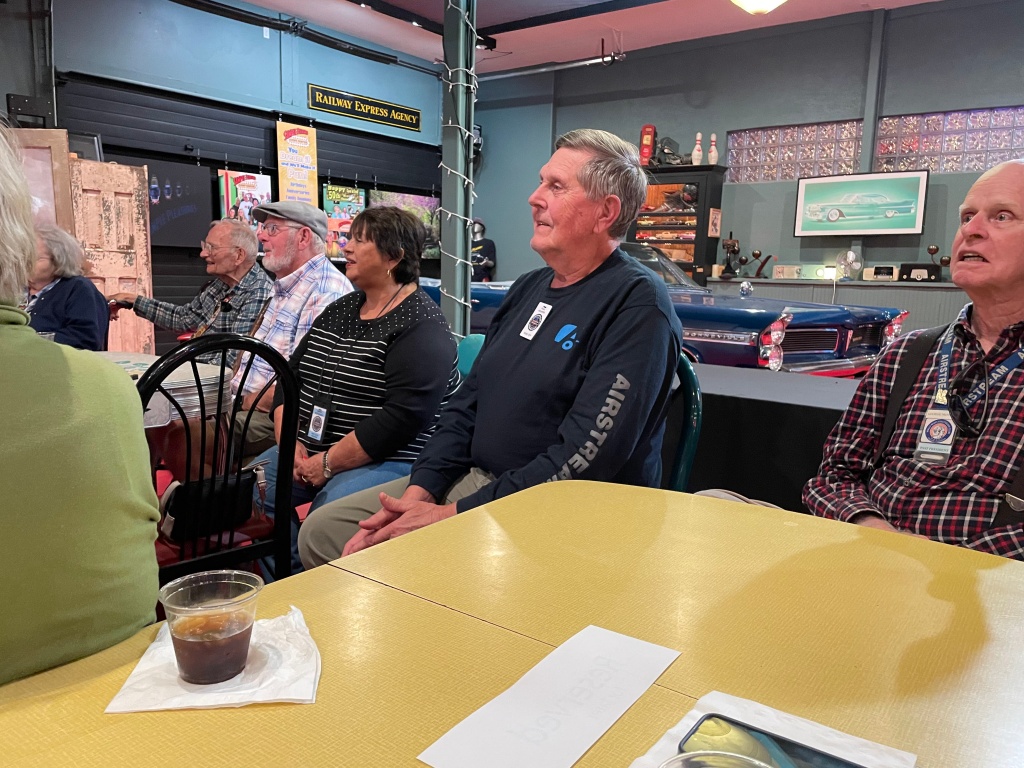
After the event we returned to the villa. We watched more college football.
An enjoyable time was had by all…
